After leaving the very touristic Turkish Riviera behind us, we drive through the scenic Taurus Mountains to Konya. This ultra-conservative city is – like many other cities in the central Anatolian highlands – a stronghold of Erdogan’s AKP. And so a lot of money is flowing into the construction of oversized streets, ultra-modern apartment complexes and other goodies. These megacities double their population almost every 10 years, so “Think Big” is the name of the game. We enjoy the main attraction, the Meviana Monastery with the order of the Sufi, the Whirling Dervishes, in which the sarcophagus of the famous mystic Celaleddin Rumi is located, as well as various mosques and bazaars. The poet’s sarcophagus is opulent and particularly impresses Karin, who values his works very much. It is like a place of pilgrimage and the mood is more intense than in some mosques.
We continue east towards Cappadocia. We first hike through the Ihlara Gorge. The canyon, which is up to 150 meters deep and is considered the Grand Canyon of Turkey, originally had over 150 churches and houses carved in the tufa stone that is predominant in this region. Today around 15 of them are still well preserved and can be visited. The 10 km long hike into the valley is impressive. In the core area of Cappadocia, around Göreme, we find an awesome wild camp for two days, from where we see hundreds of hot air balloons take off in our immediate vicinity in the morning and enjoy great sundowners in the evening. The sound made by the many balloons alone is something very special. As soon as the sun is gone, however, it gets really cold. We have left the Mediterranean climate behind us! During the day we go on excursions to the bizarre tuff rock formations in the vicinity, as well as to the Soganli Valley further south and have a delicious lunch. We like the whole of Cappadocia, although a bit more touristy again, very, very much.
To the east of Cappadocia, foreign tourism stops completely and the adventure begins: We come to Kurdistan – an area that stretches from south-east Turkey through northern Iraq and Syria to the western tip of Iran. After the end of the Turkish / Kurdish war, heavy investments were made in this remote area of Turkey, also in order to master the new challenge – the integration of two million Syrian refugees. The military presence and roadside checks are increasing significantly, but we have not seen any major refugee camps and the Syrian immigrants now seem to be well integrated into everyday life.
The landscapes become very dry and desert-like. Despite the huge, artificial damming of the rivers Euphrates and Tigris, which are good for the Turkish energy supply and agriculture in this barren part of the country, but bad for the countries of Syria and Iraq on the lower reaches of the rivers, where not much water is arriving any more. In any case, we like these wide, barren mountain landscapes very much…. They convey infinite space and a longing for more!
The gods mountain Nemrut Dagi – the 2,150 m high, windswept and largest burial mound in the world, which is guarded by huge animal and god heads made of stone, grips us with its mysticism. After visiting the city of Diyarbakir, which was the stronghold of the Kurdish War against Turkey in the 1990s and where we have a great lunch for the equivalent of six €, we go via the very picturesque city of Mardin to the Syrian border.
I am always attracted by so-called “war zones” and since we could not travel the Congo or Sudan during our trip to Africa, I wanted at least like to get my own picture of the situation here. And so we drive approx. 80 km directly (i.e. approx. 100-300 meters away) along the Syrian border to the east. The border is hermetically secured with an approx. five meter high concrete wall, several barbed wire fences and probably mine fields in between. A military observation post every km, equipped with heavy firearms – it is all very reminiscent of our border with former East Germany. The city of Nusaybin is divided: on the Turkish side the typical image of ultra-modern apartment buildings, newly created parks, etc., on the Syrian side everything has fallen into disrepair and gray on gray … here too, amazing parallels to the former German situation. But the Turks are not very interested in the Syrians. There aren’t even any signs pointing to a border, let alone a border crossing at all. It seems to us that they are just happy when they stay over there. The Turks in this region have more problems with the Kurds.
Here, as everywhere in Kurdistan or South-East Anatolia, we feel more secure than ever on our world tour and meet very nice and helpful people who seek contact with us despite language barriers. Many Christian monasteries (founded by Armenian or Syrian Christians) can be visited in biblical surroundings. Afterwards we continue to the north-east to Lake Van. Seven times larger than Lake Constance and surrounded by many former volcanoes, it is our last stop on the way to Iran.
Turkey: Aside from Colombia, hardly any other country has surprised us so much in terms of modern development and infrastructure. The more you come to the East, the more authentic and oriental it gets and the more cordial and interested the people become. A highlight on our still short trip to the Middle East. We are very excited about Iran!


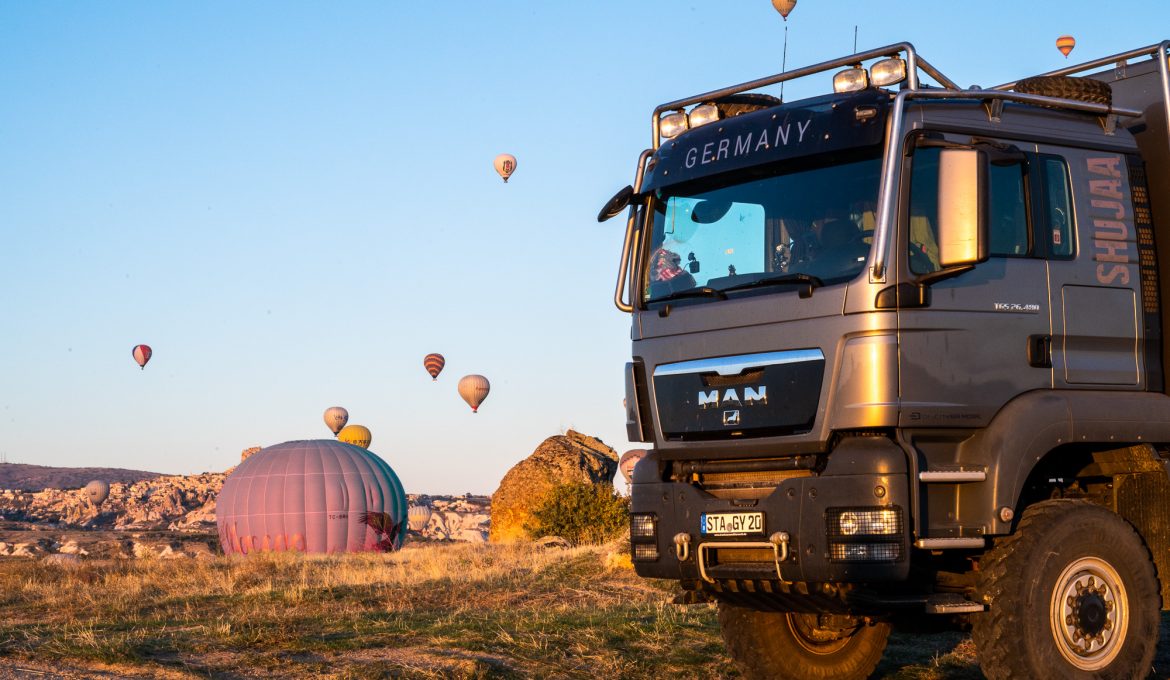


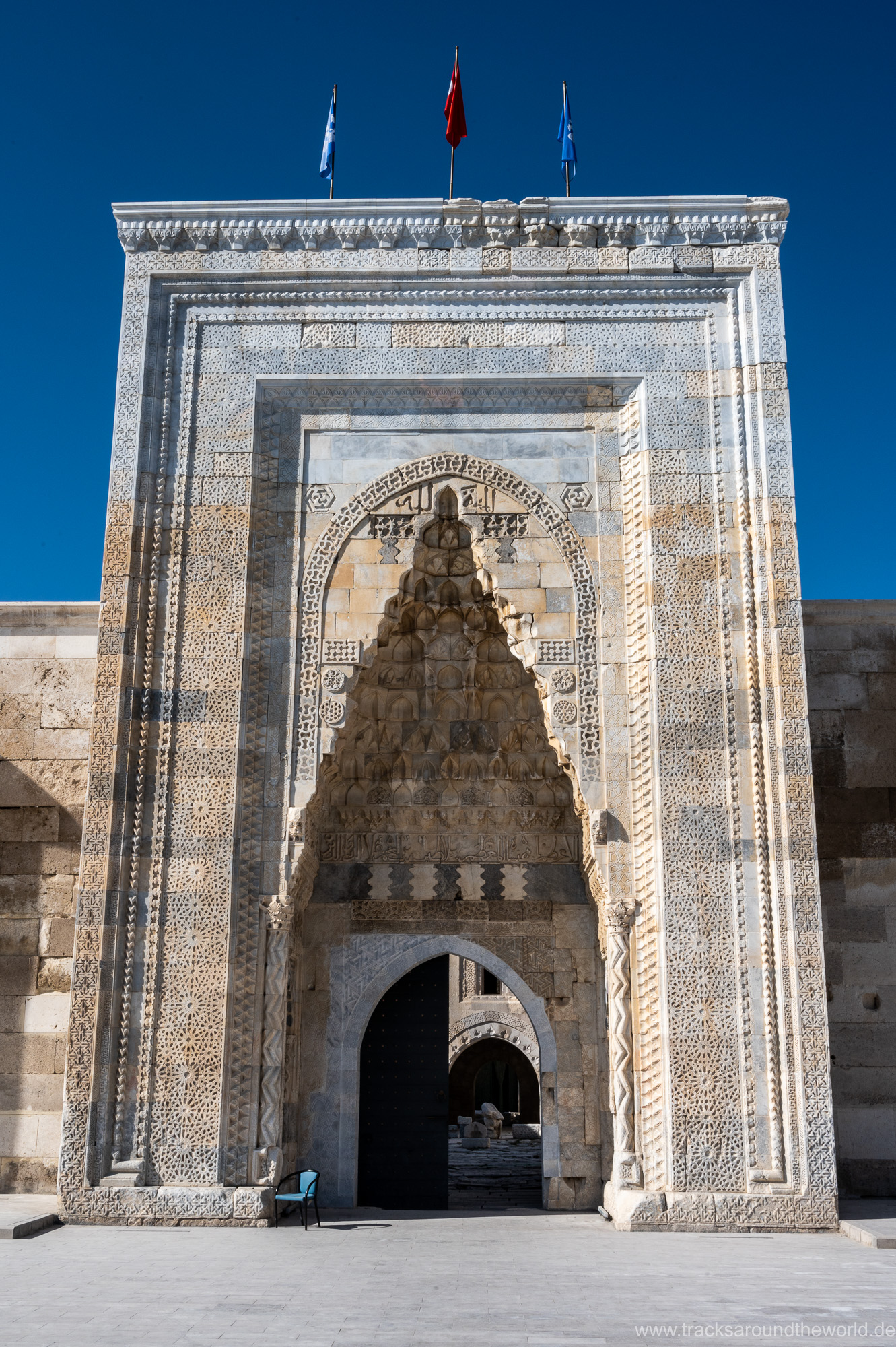
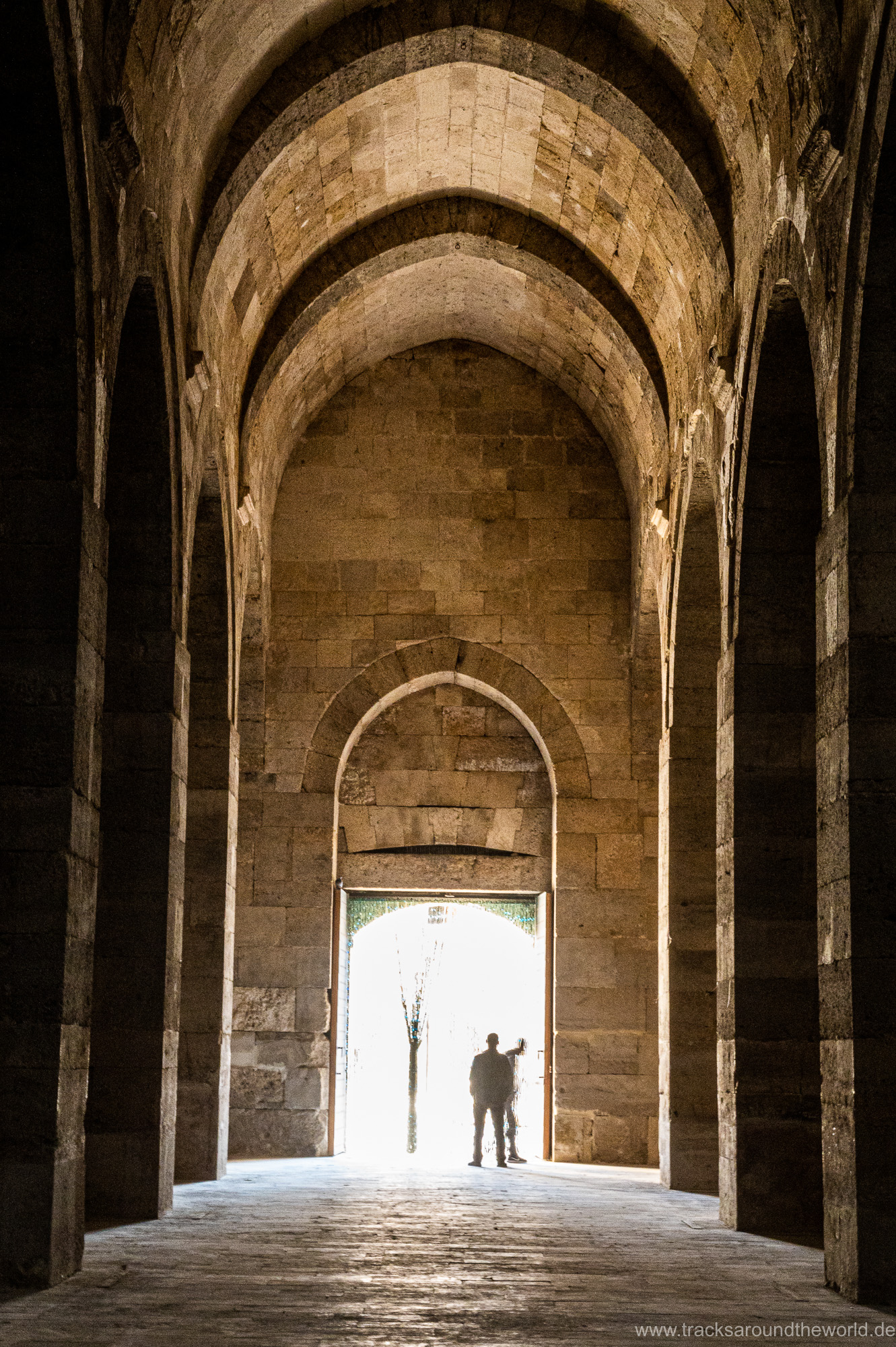






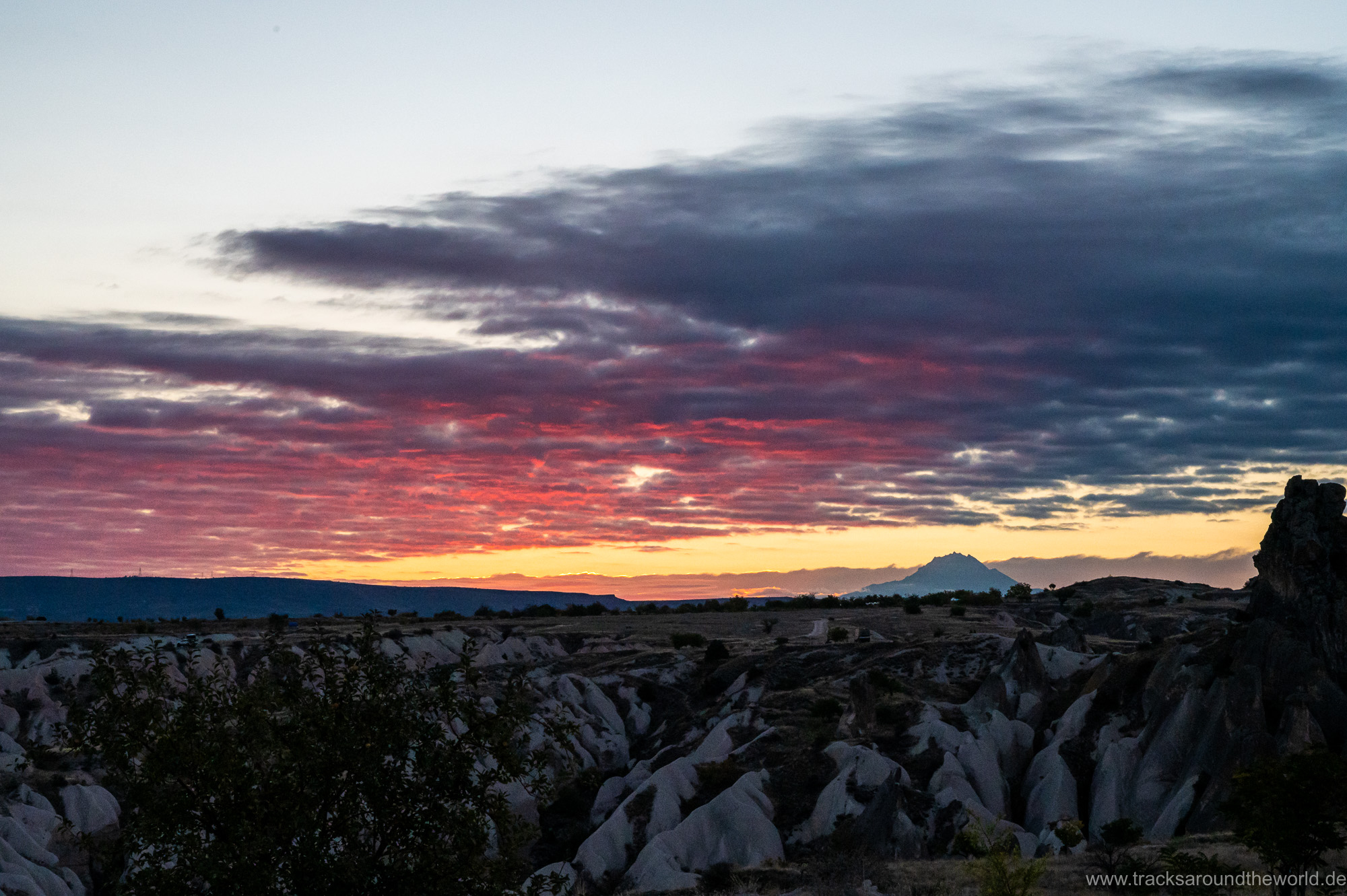


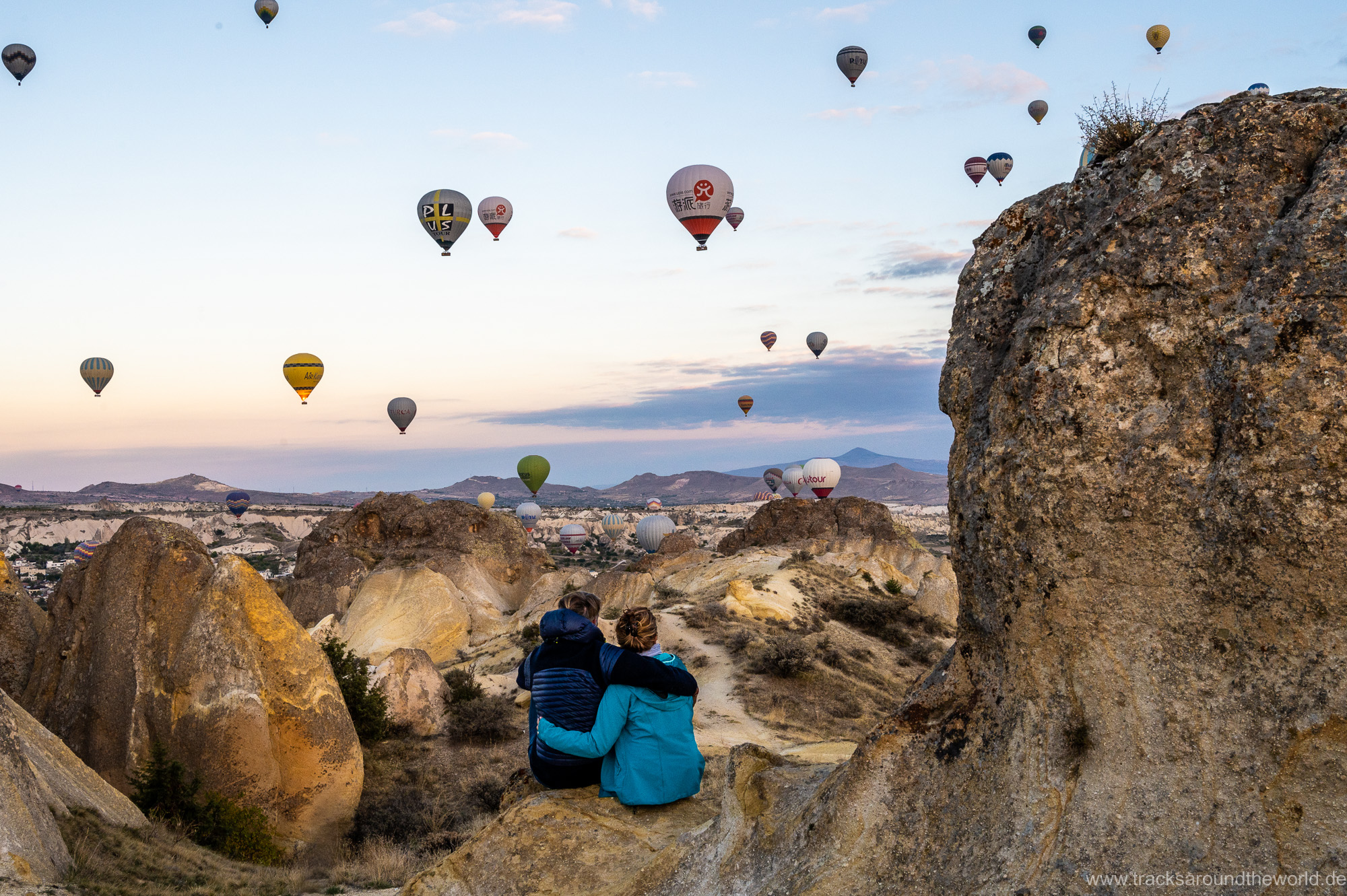

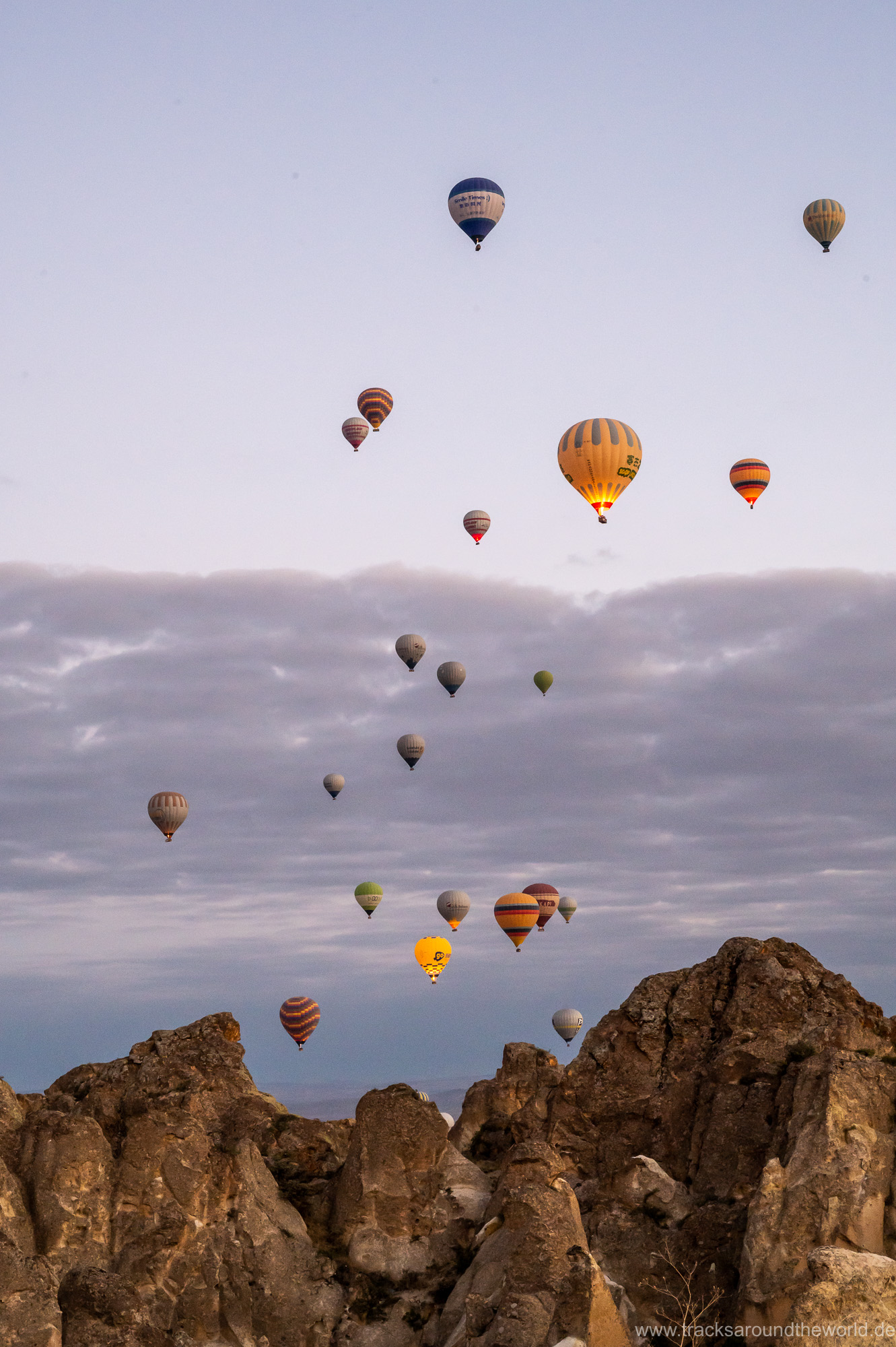

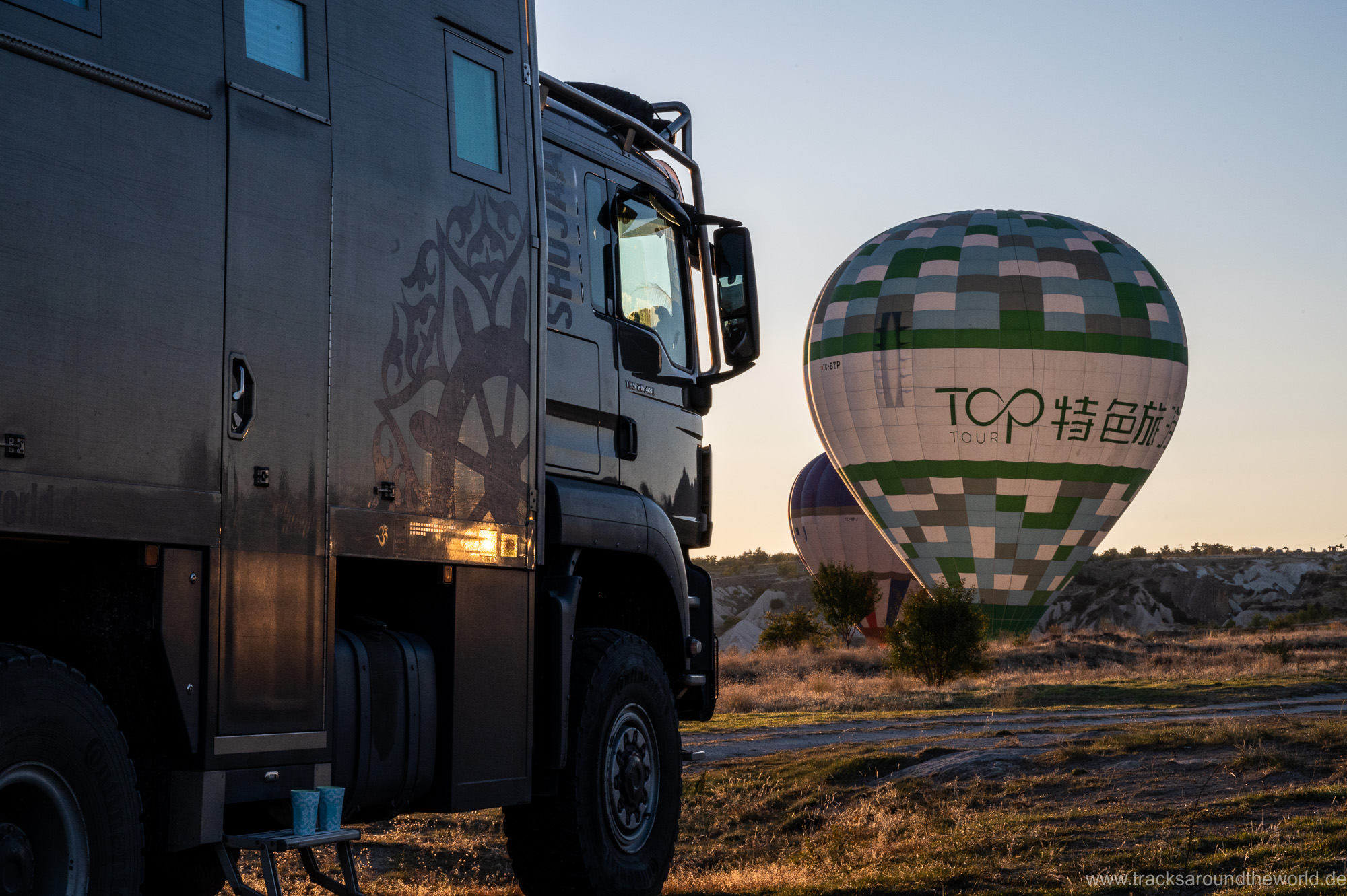
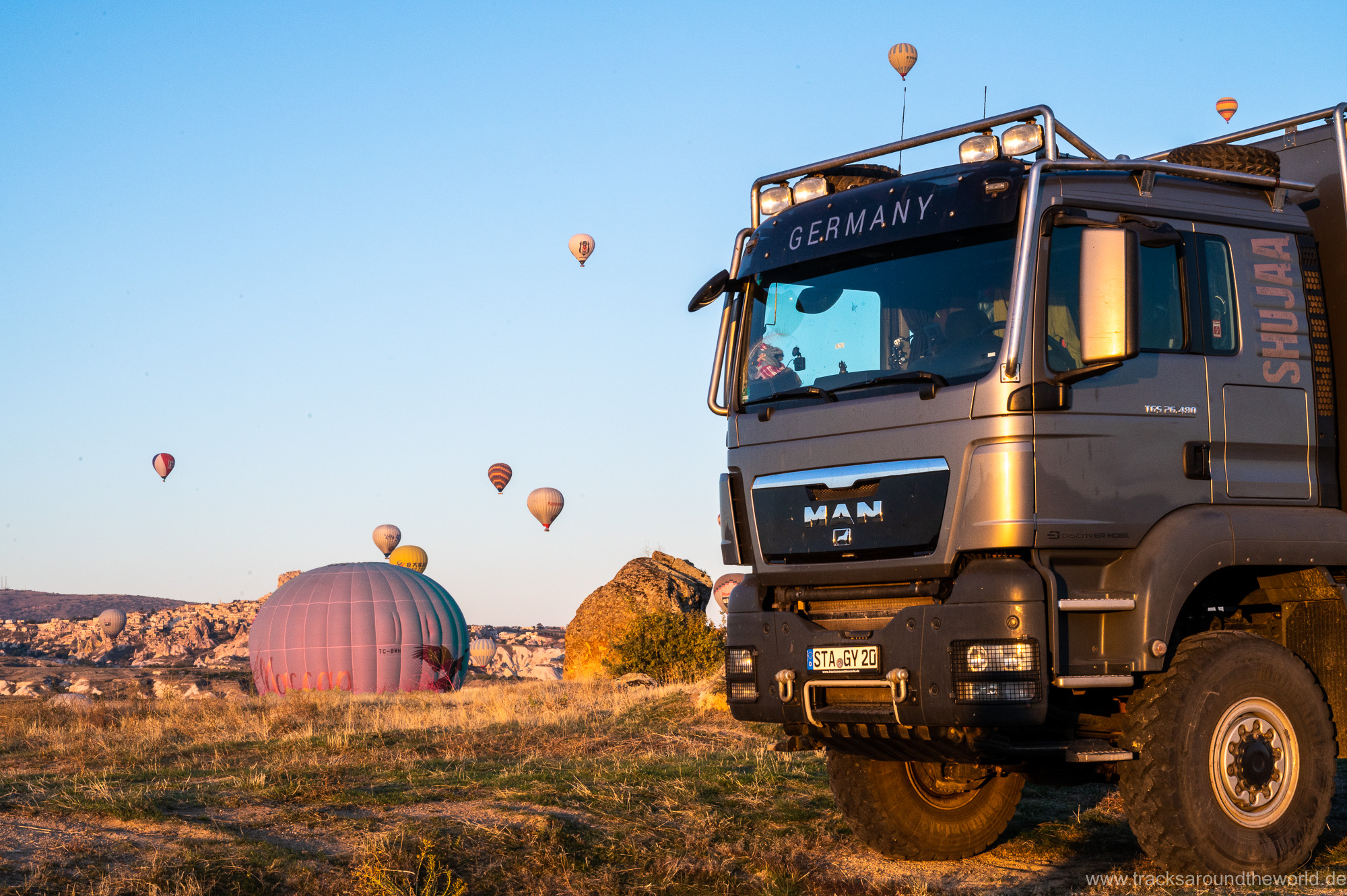
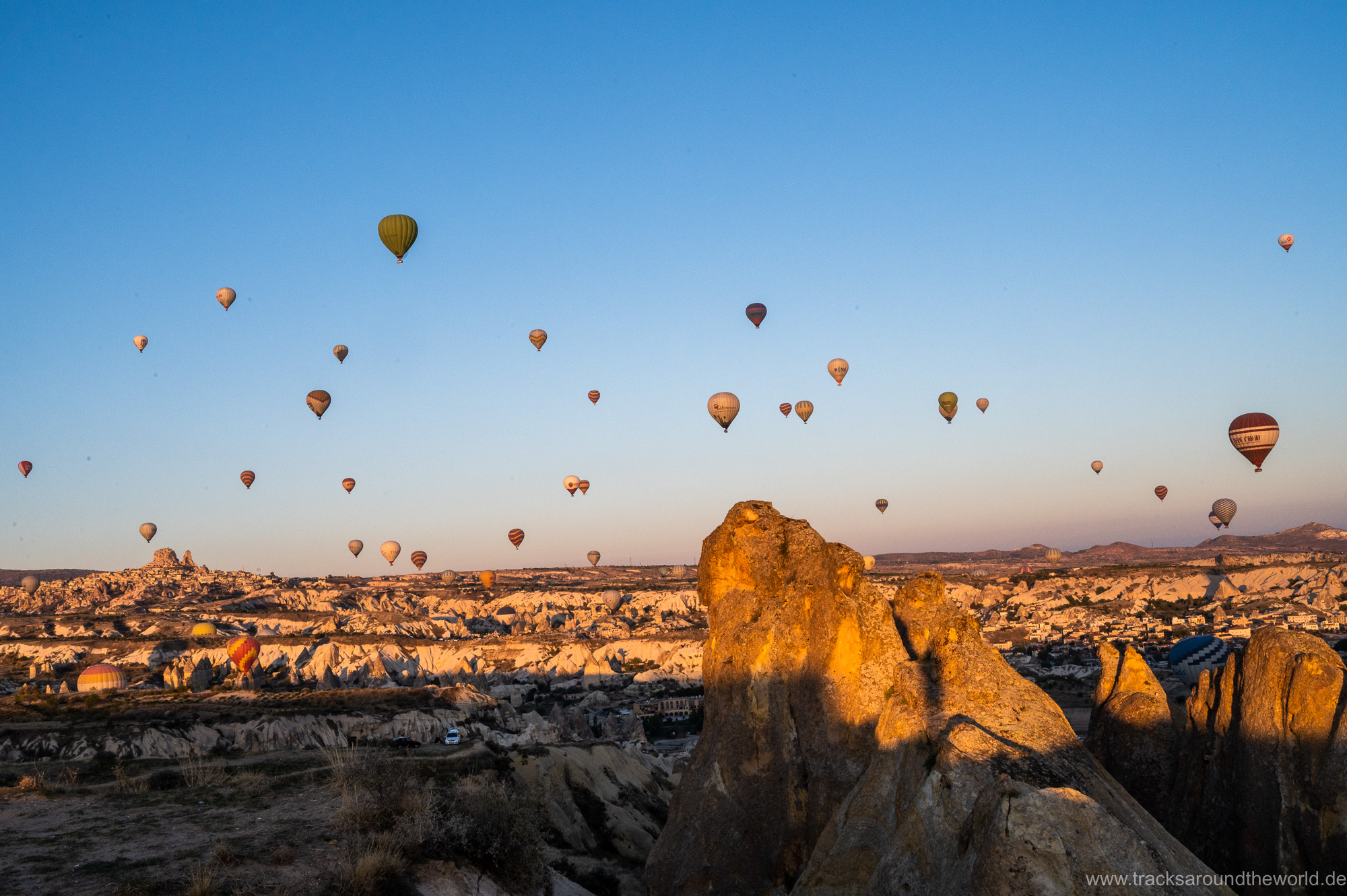
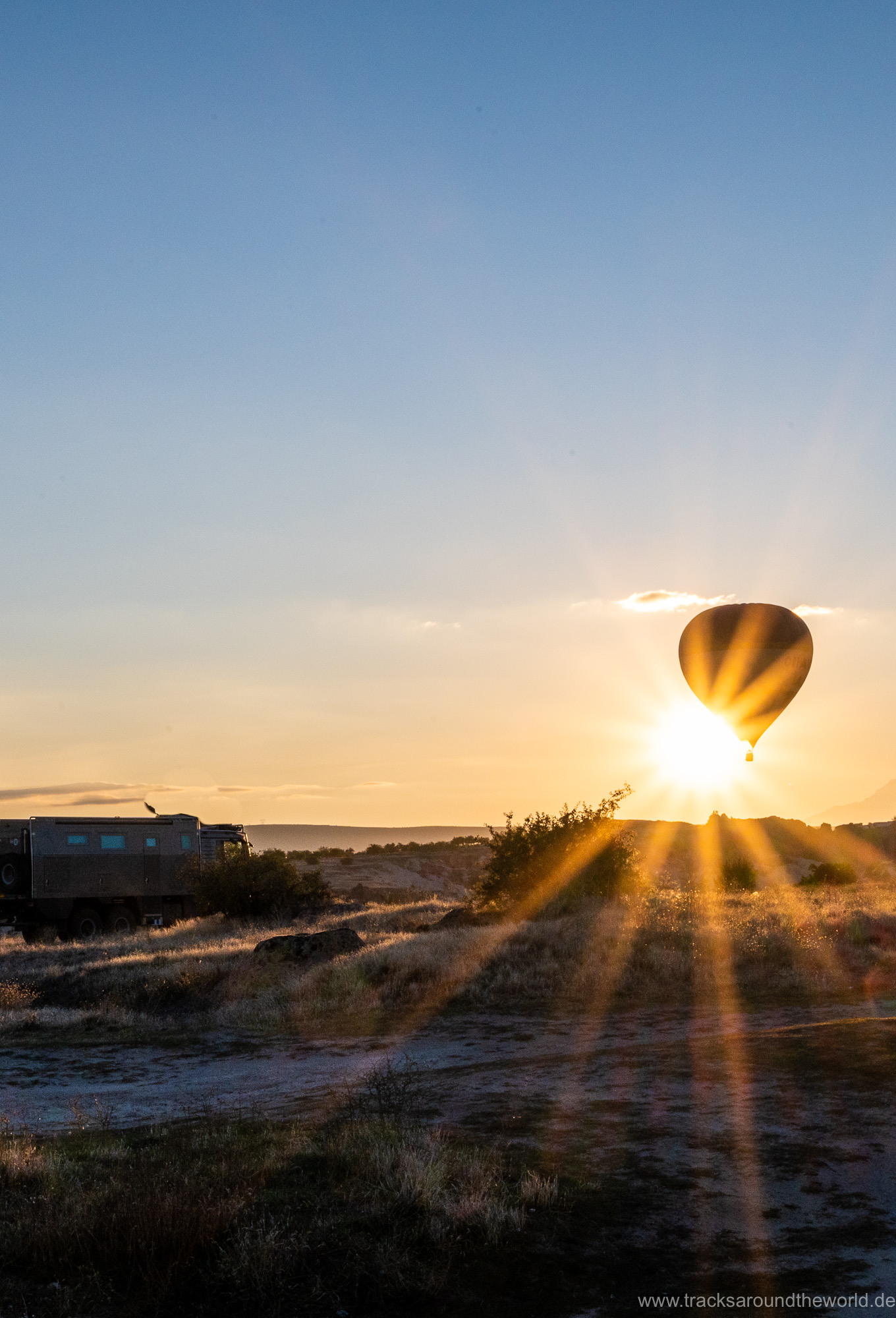
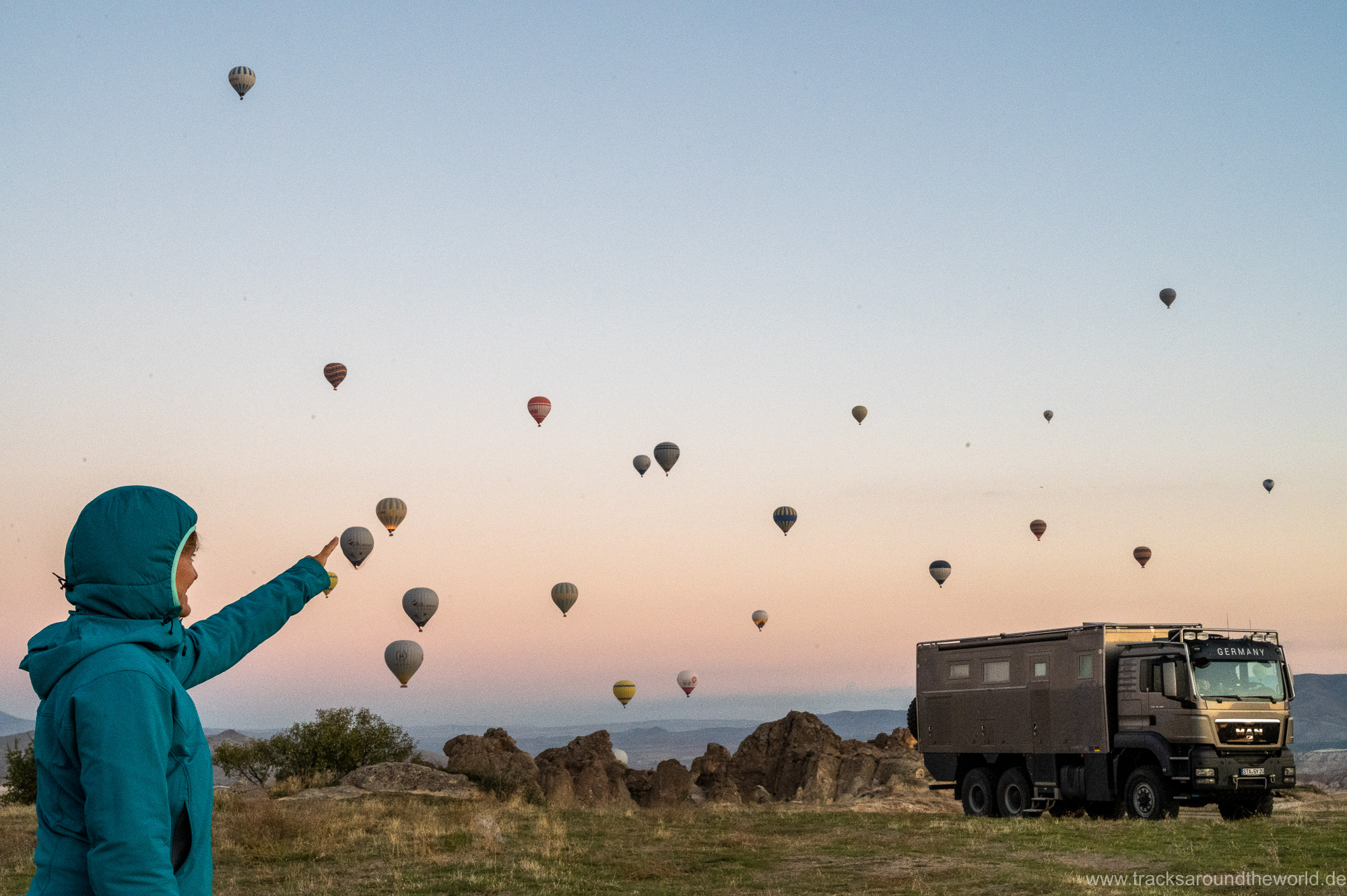
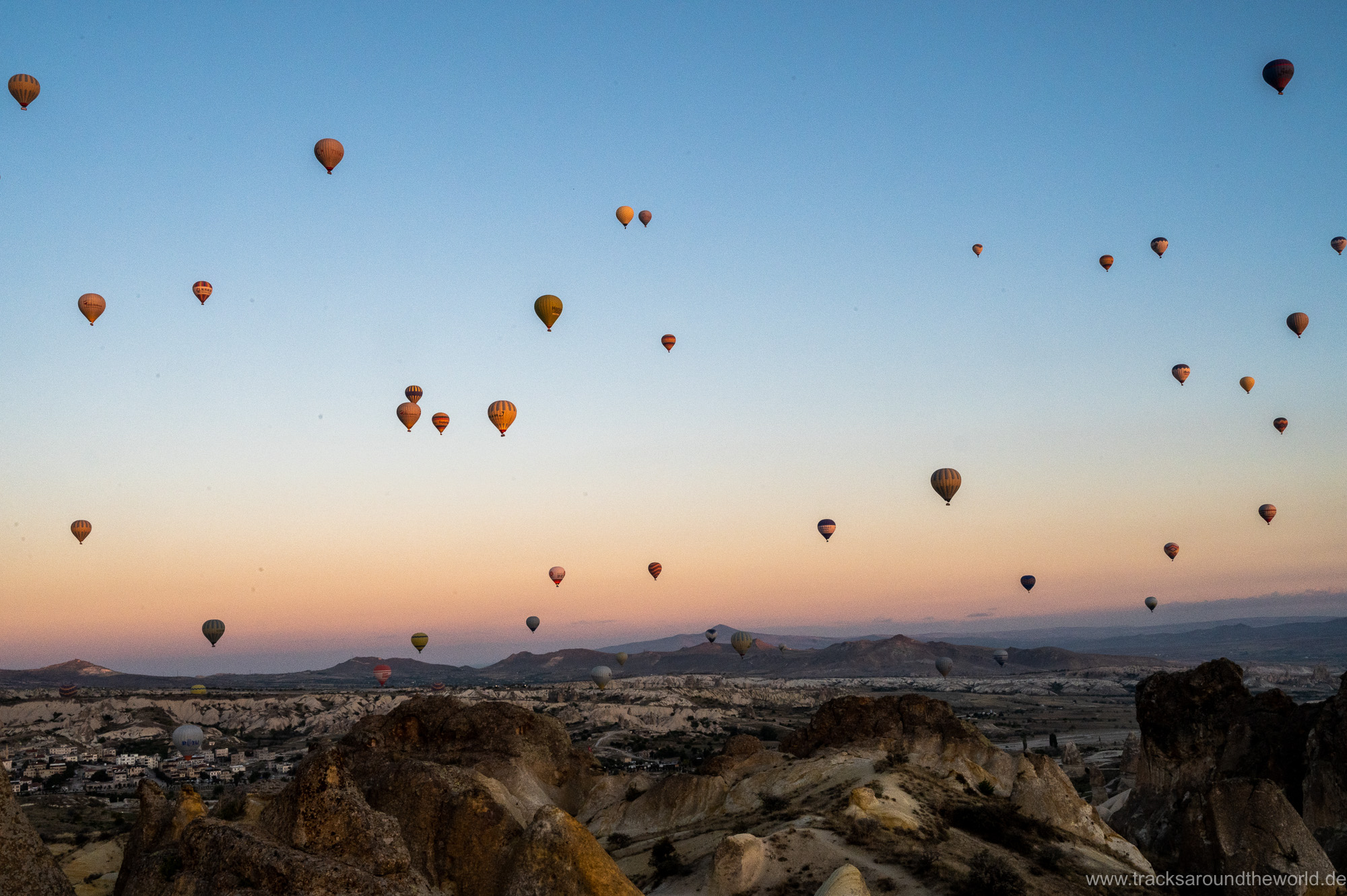

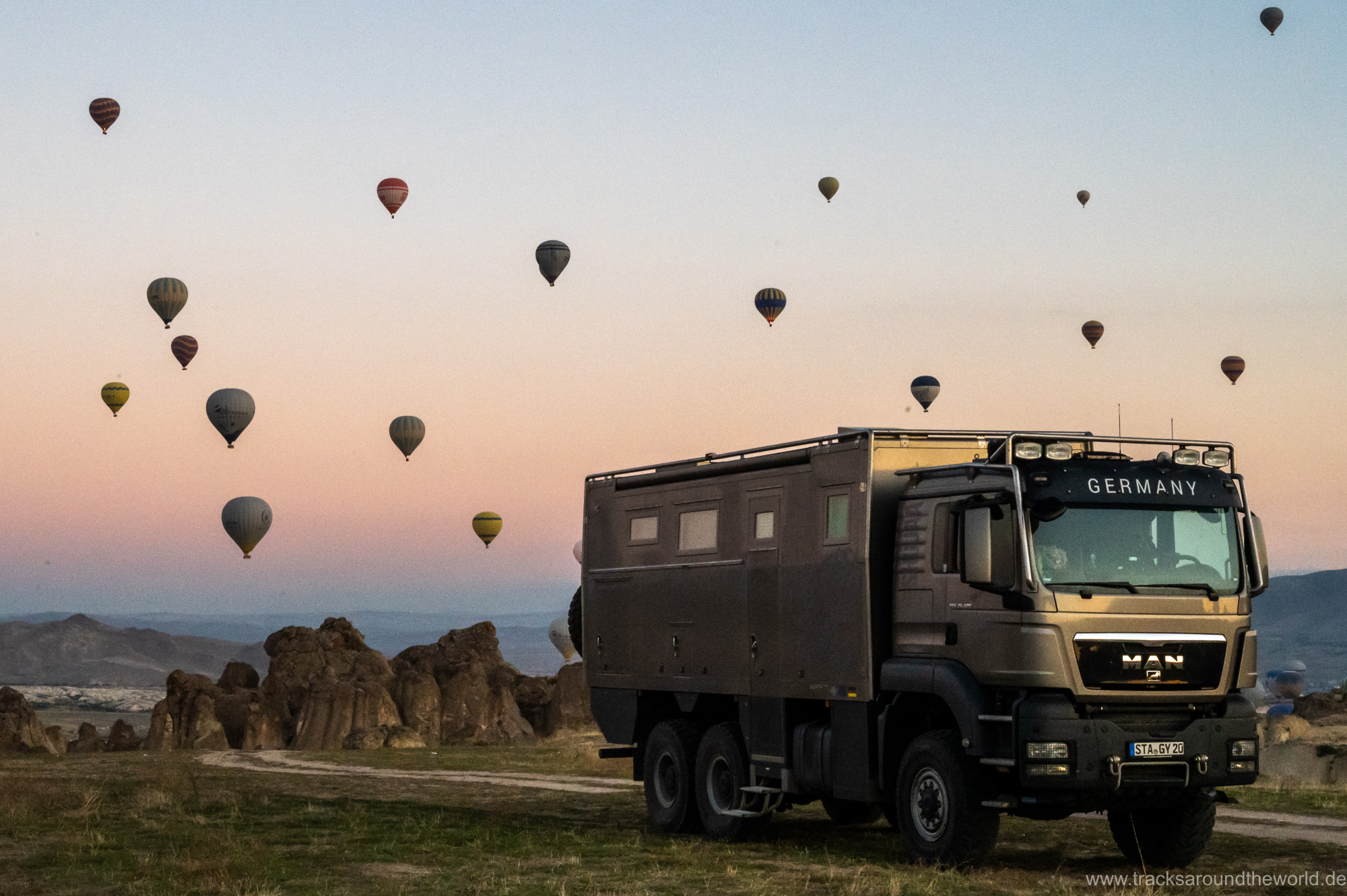
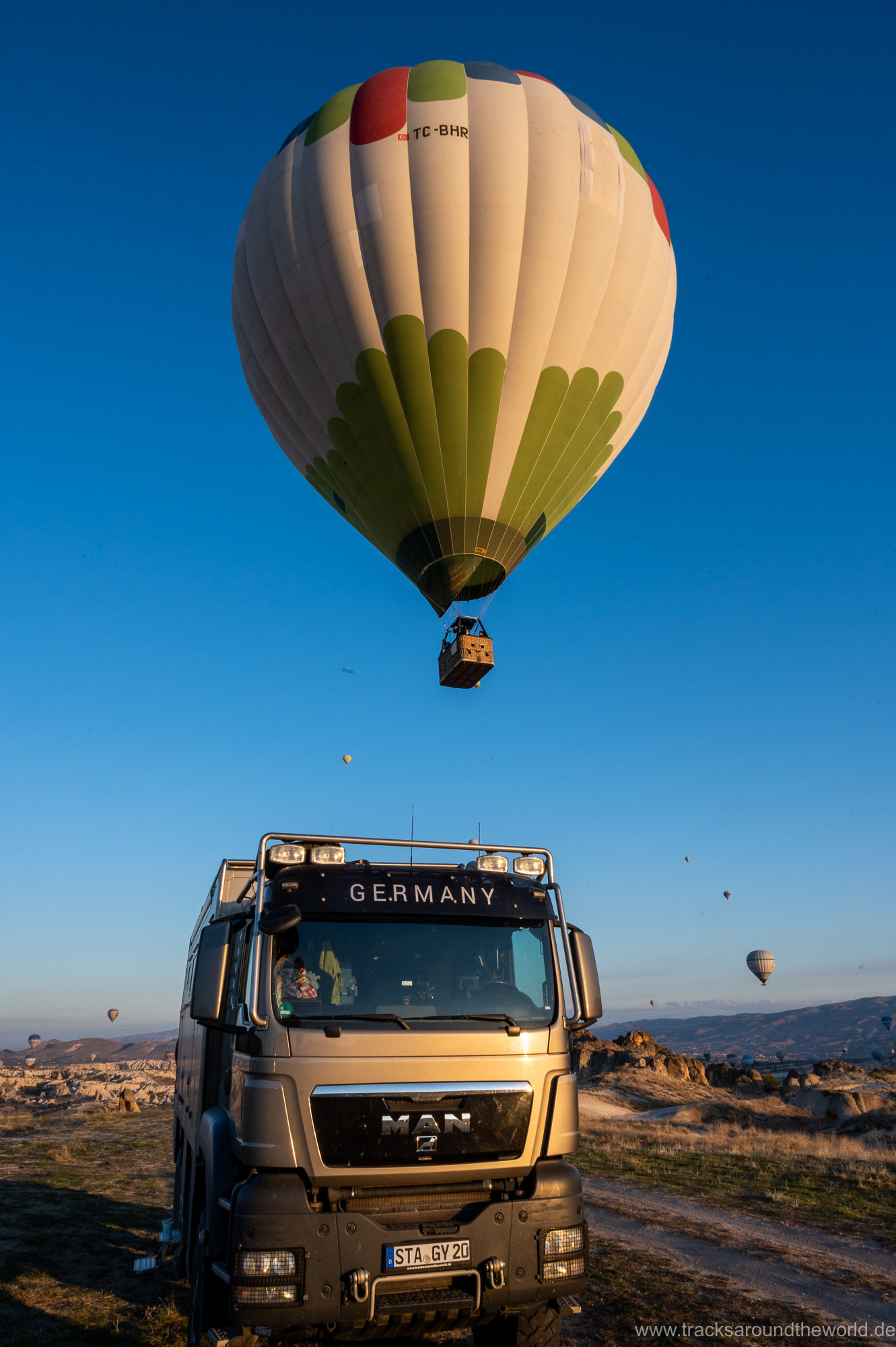
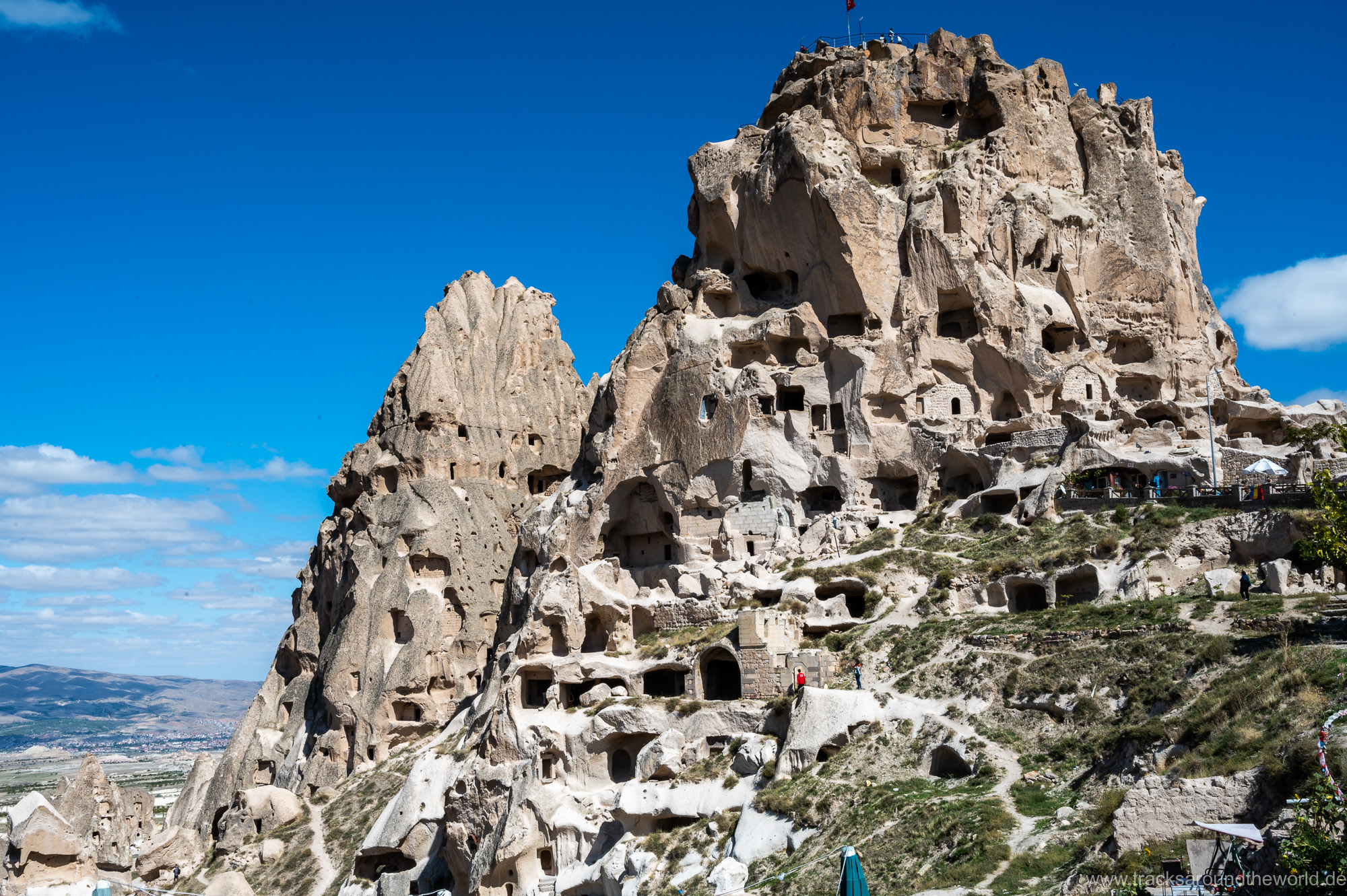

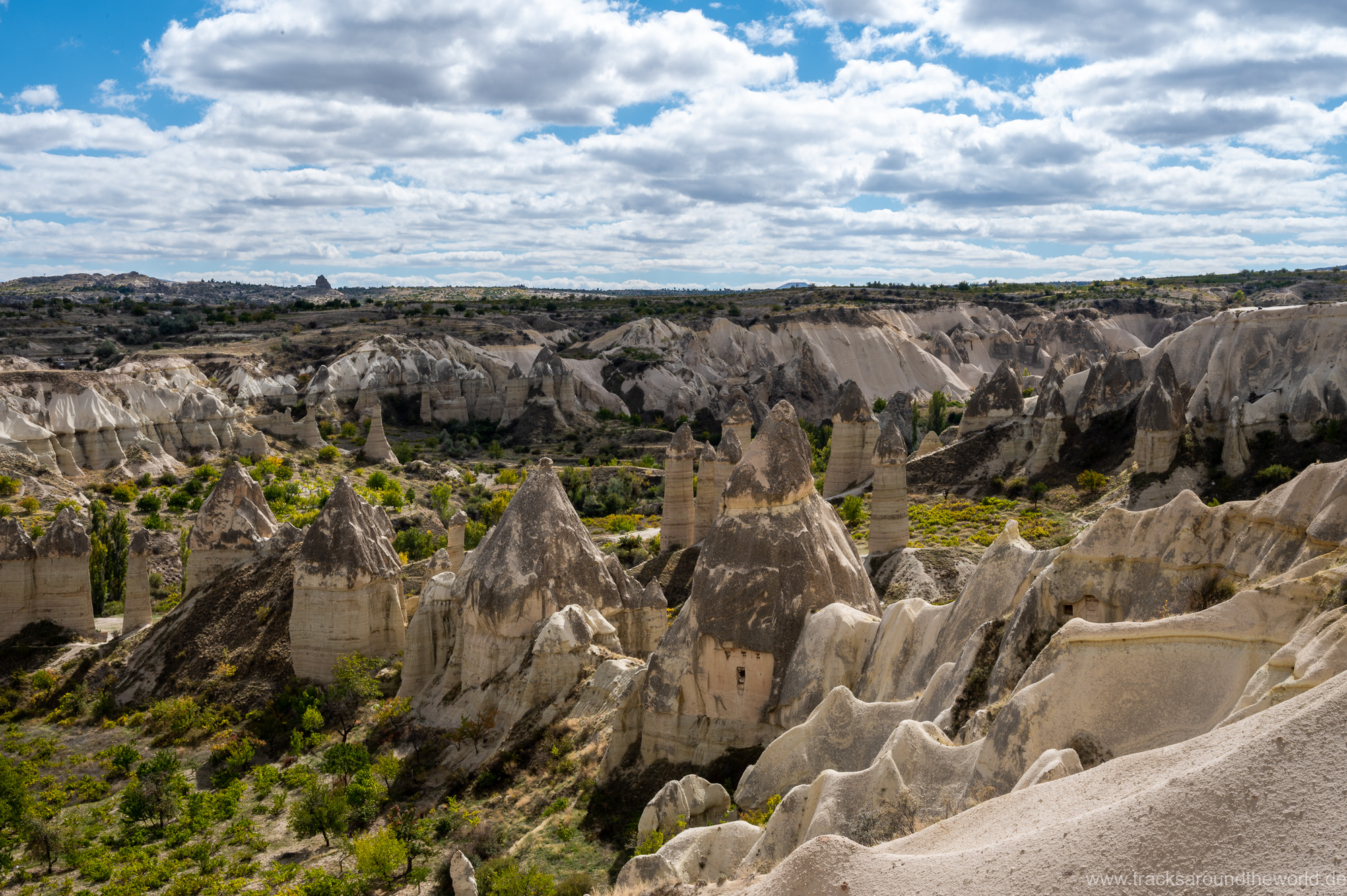
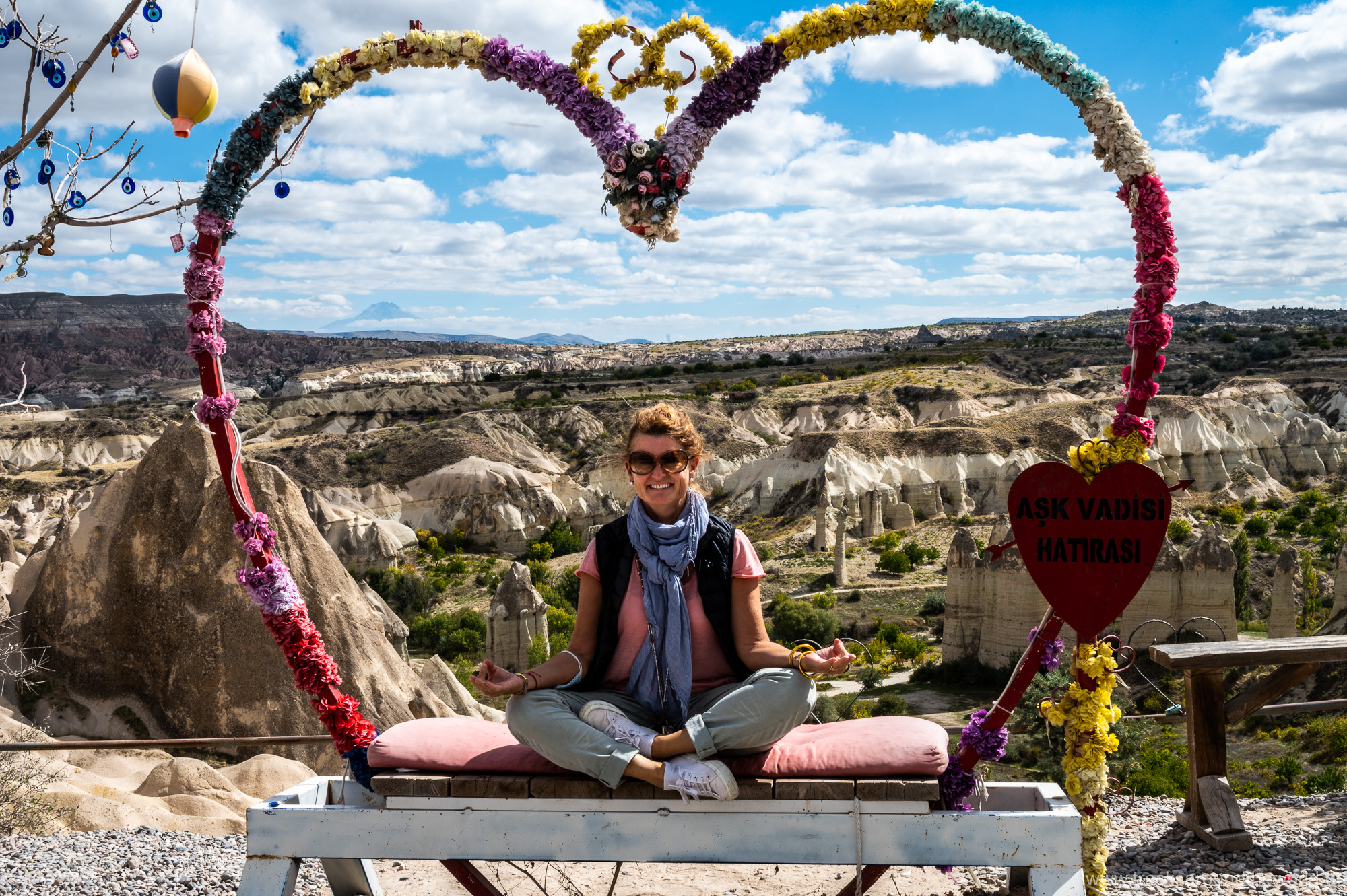
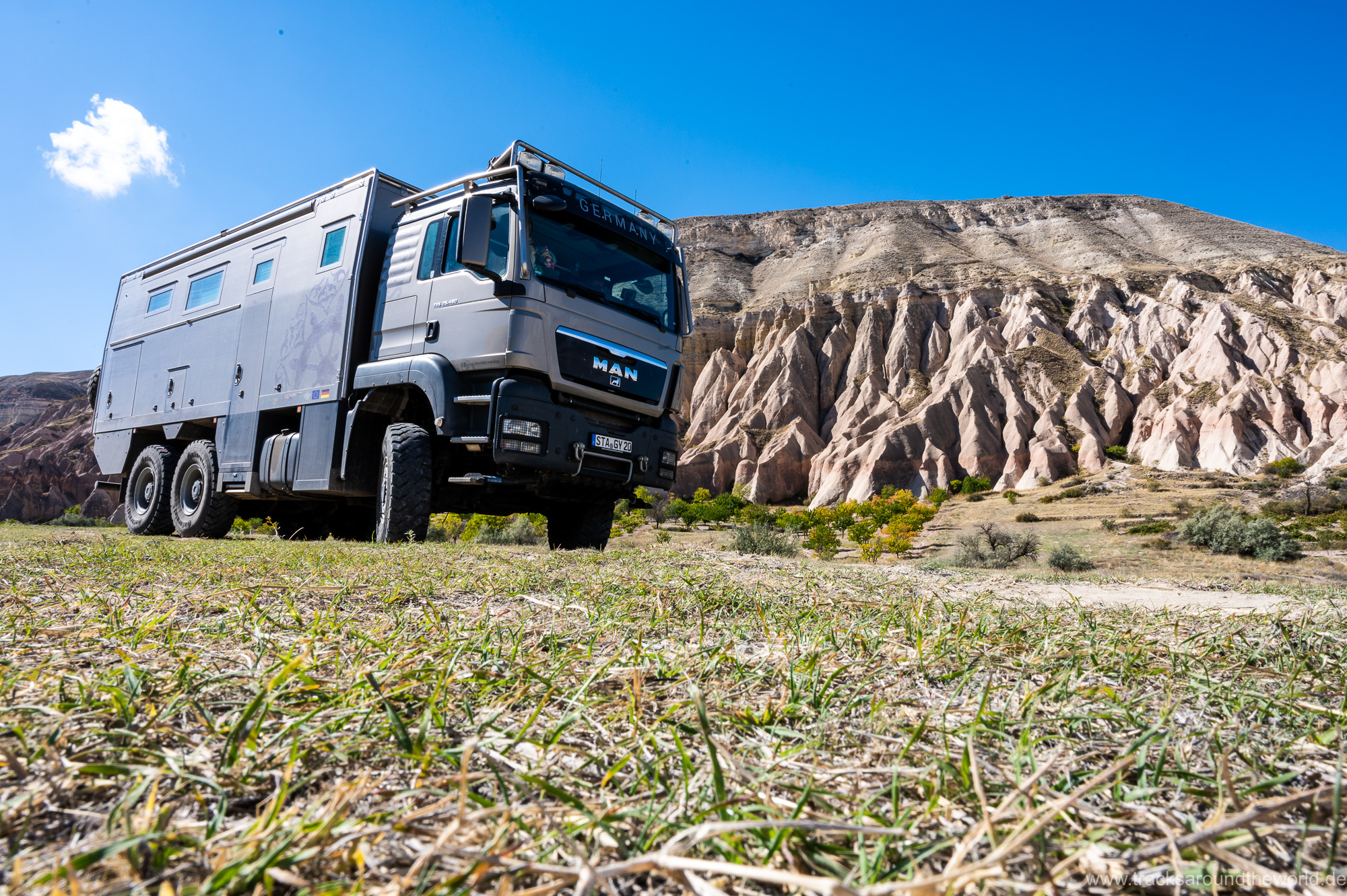

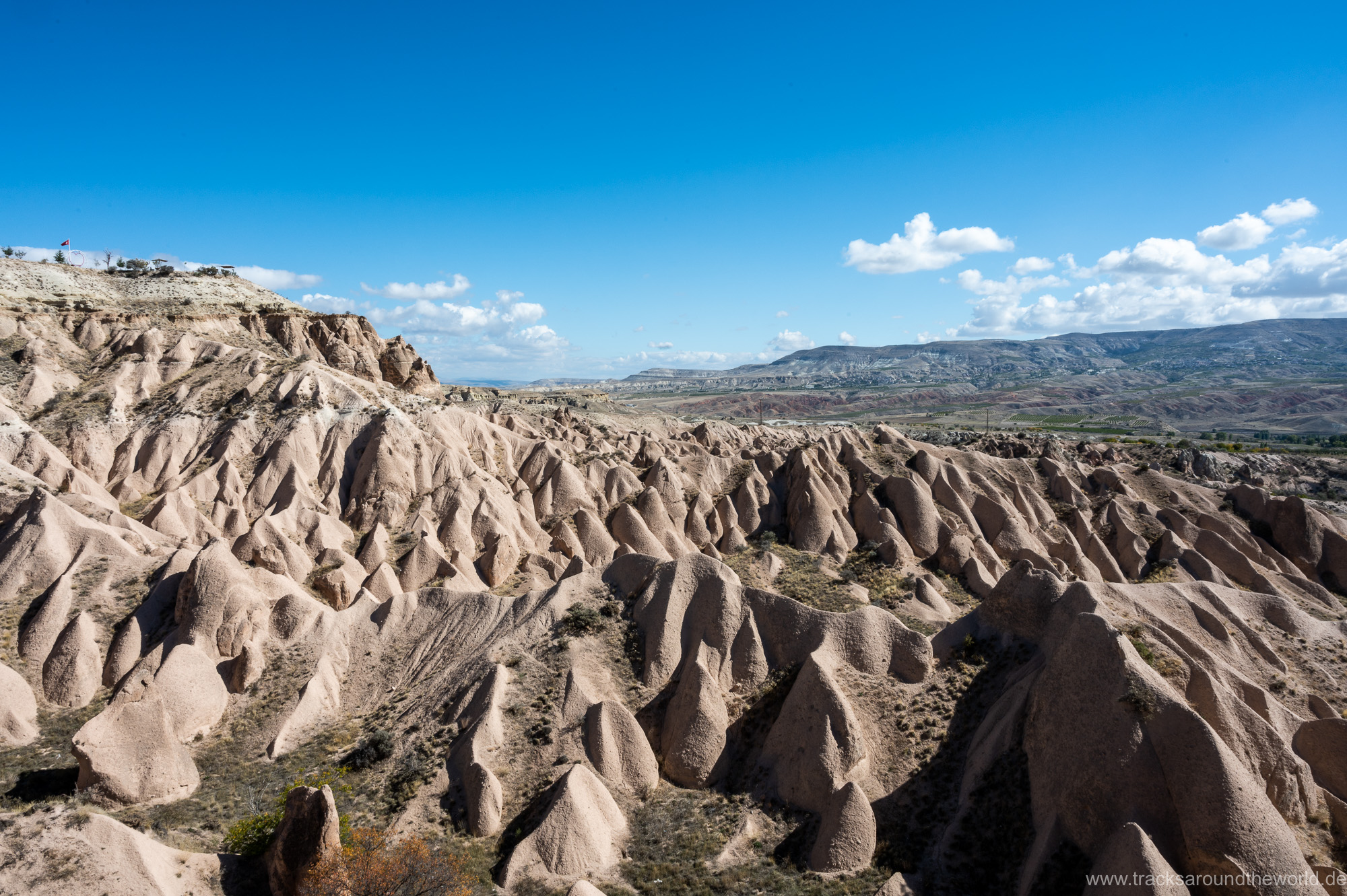
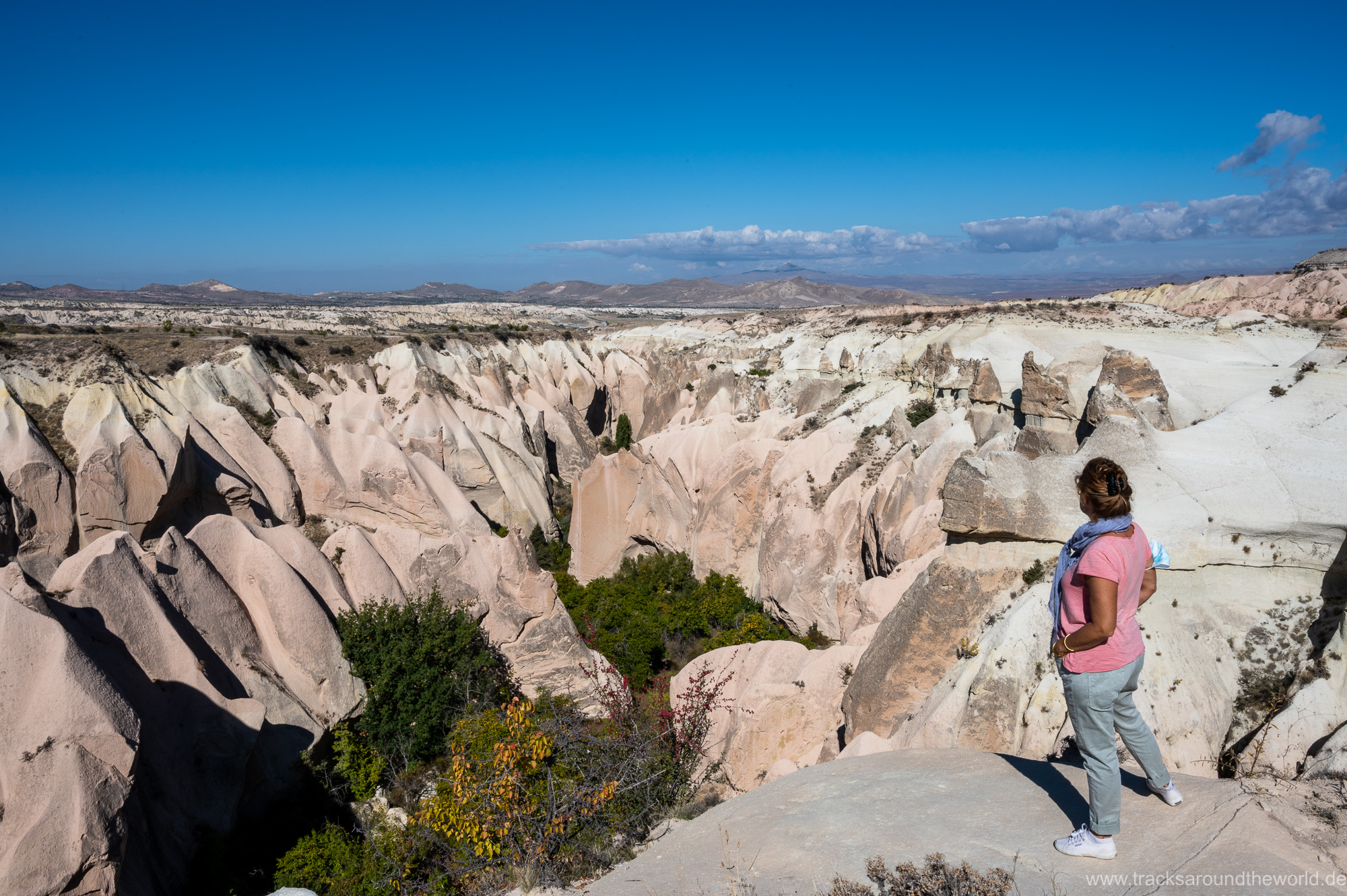
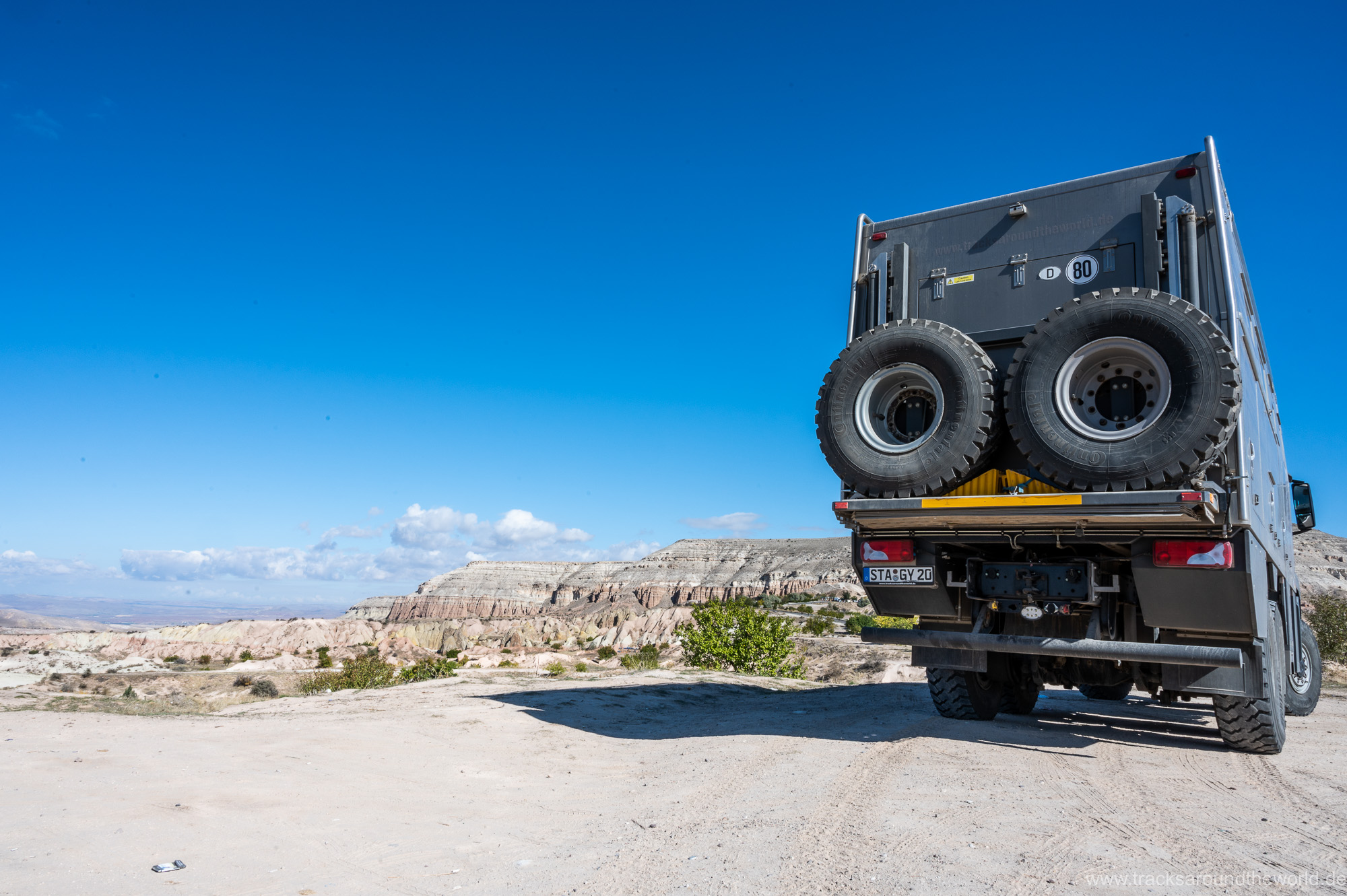
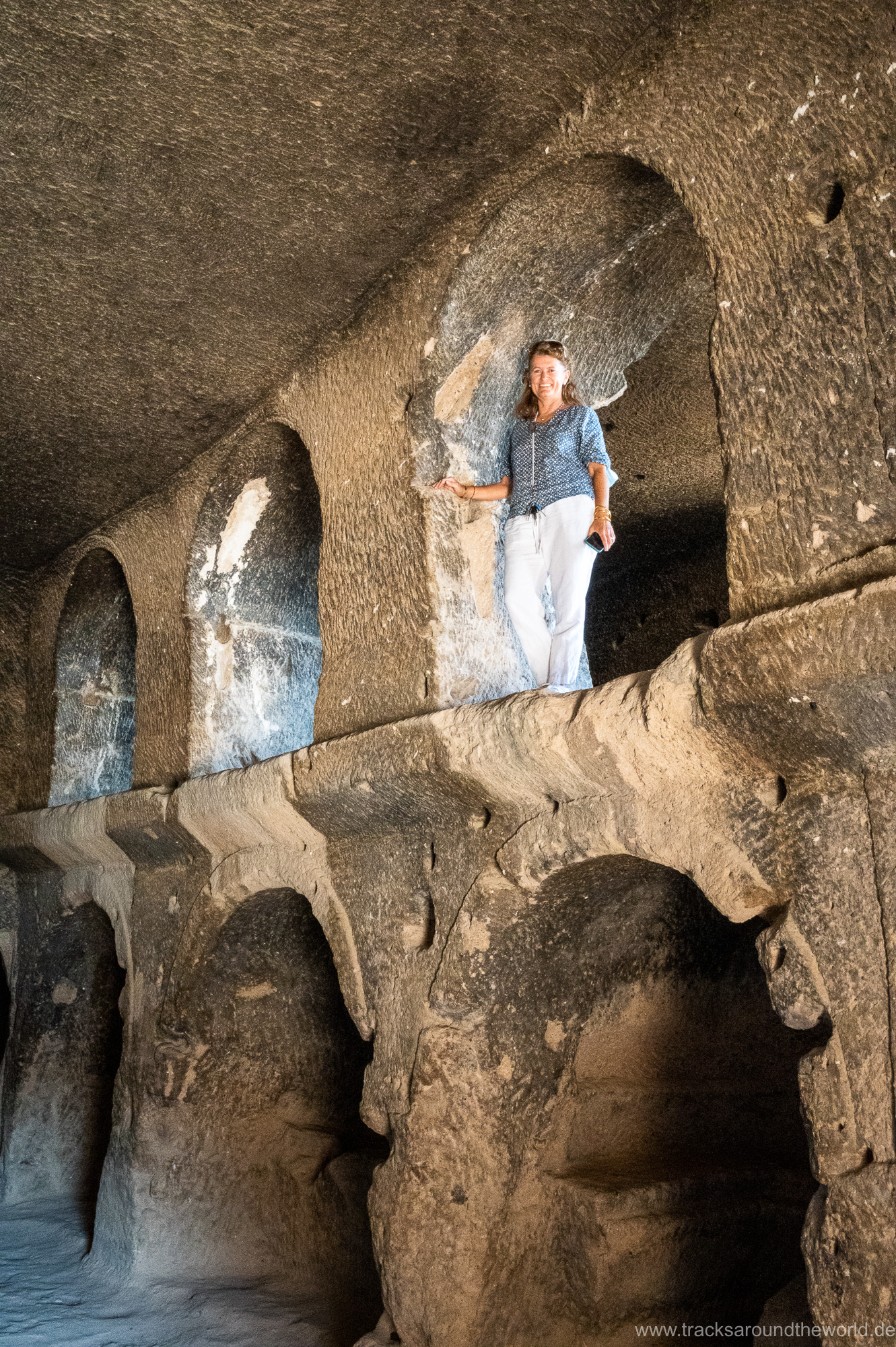
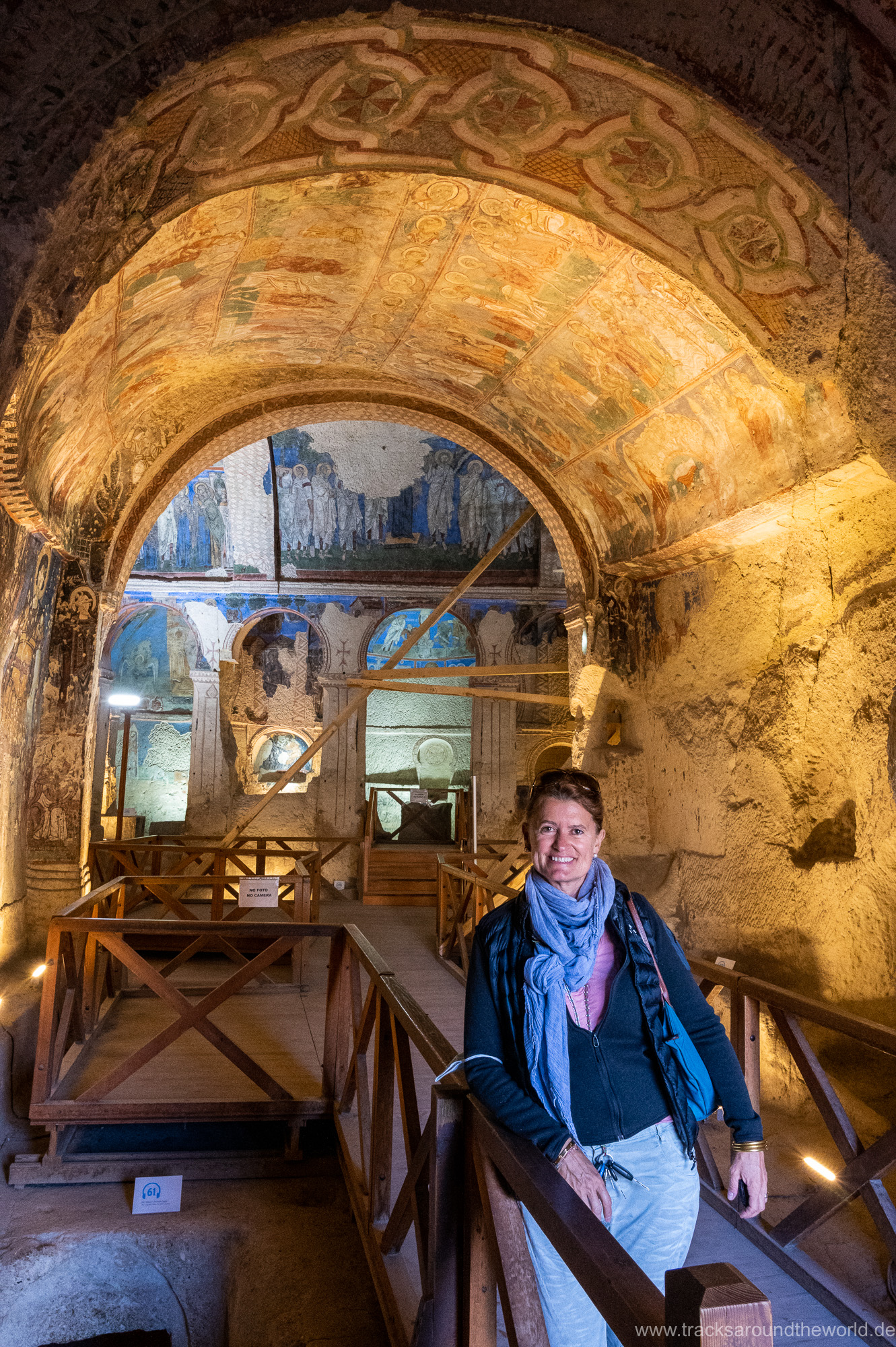

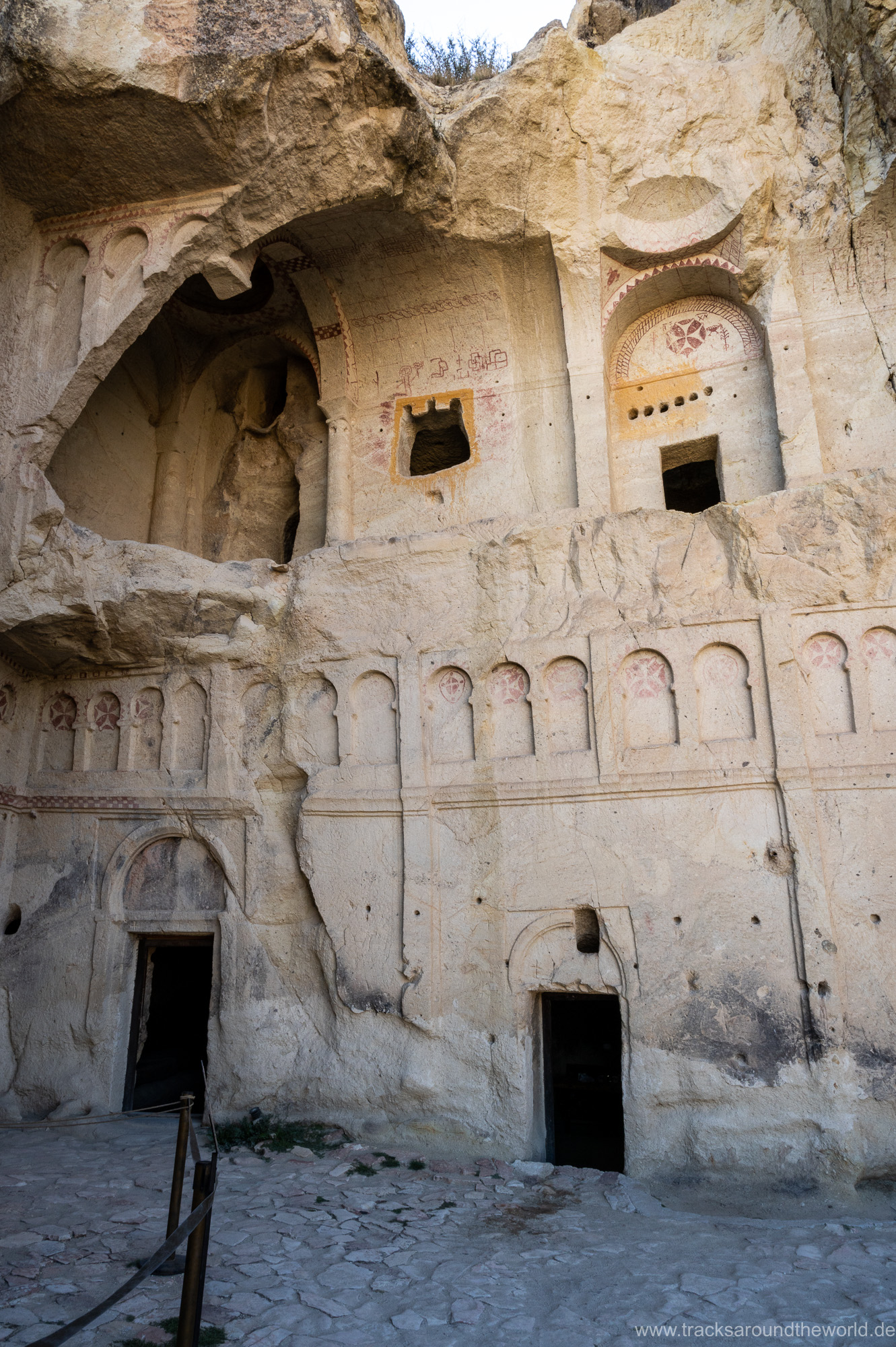
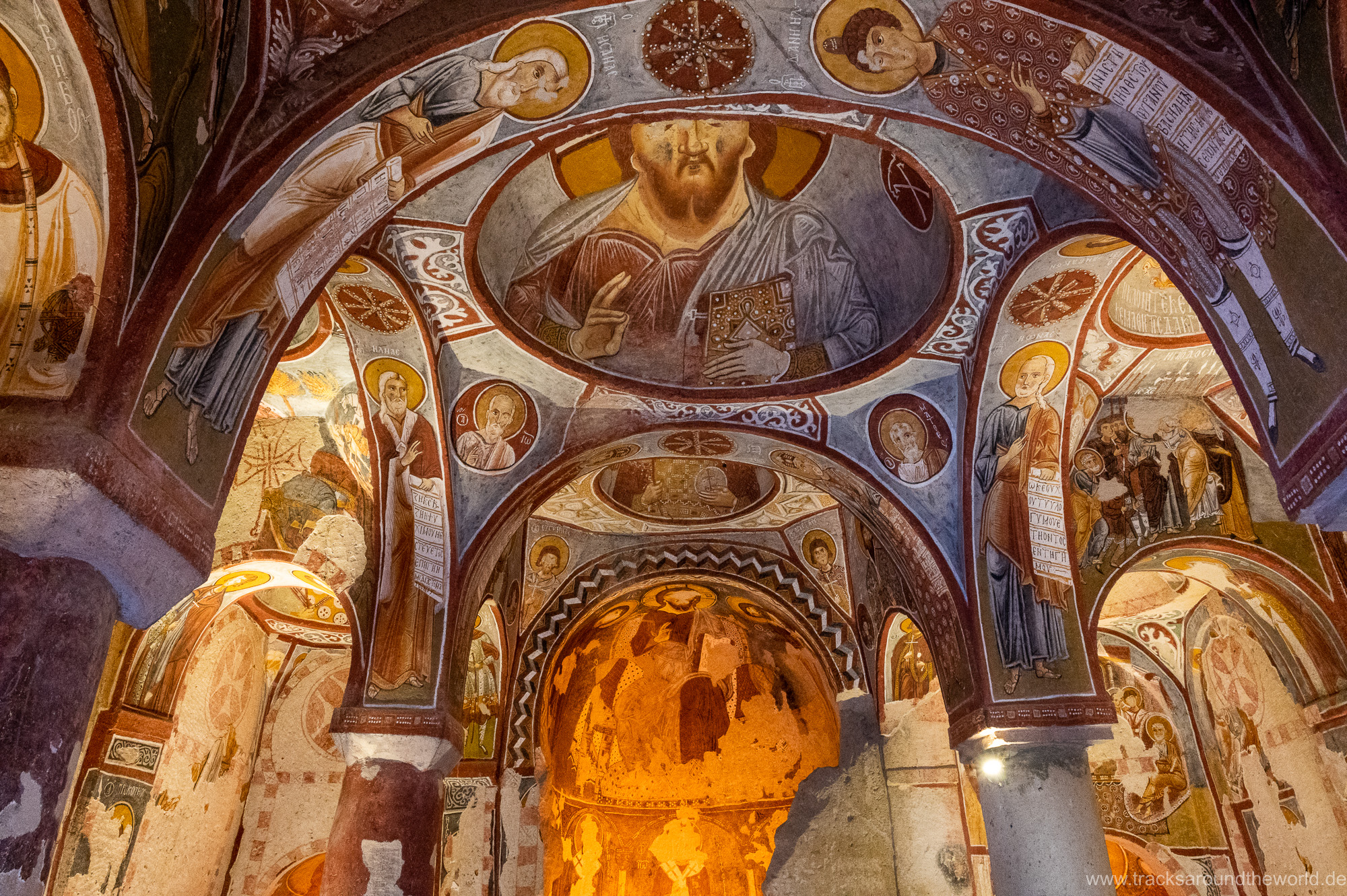
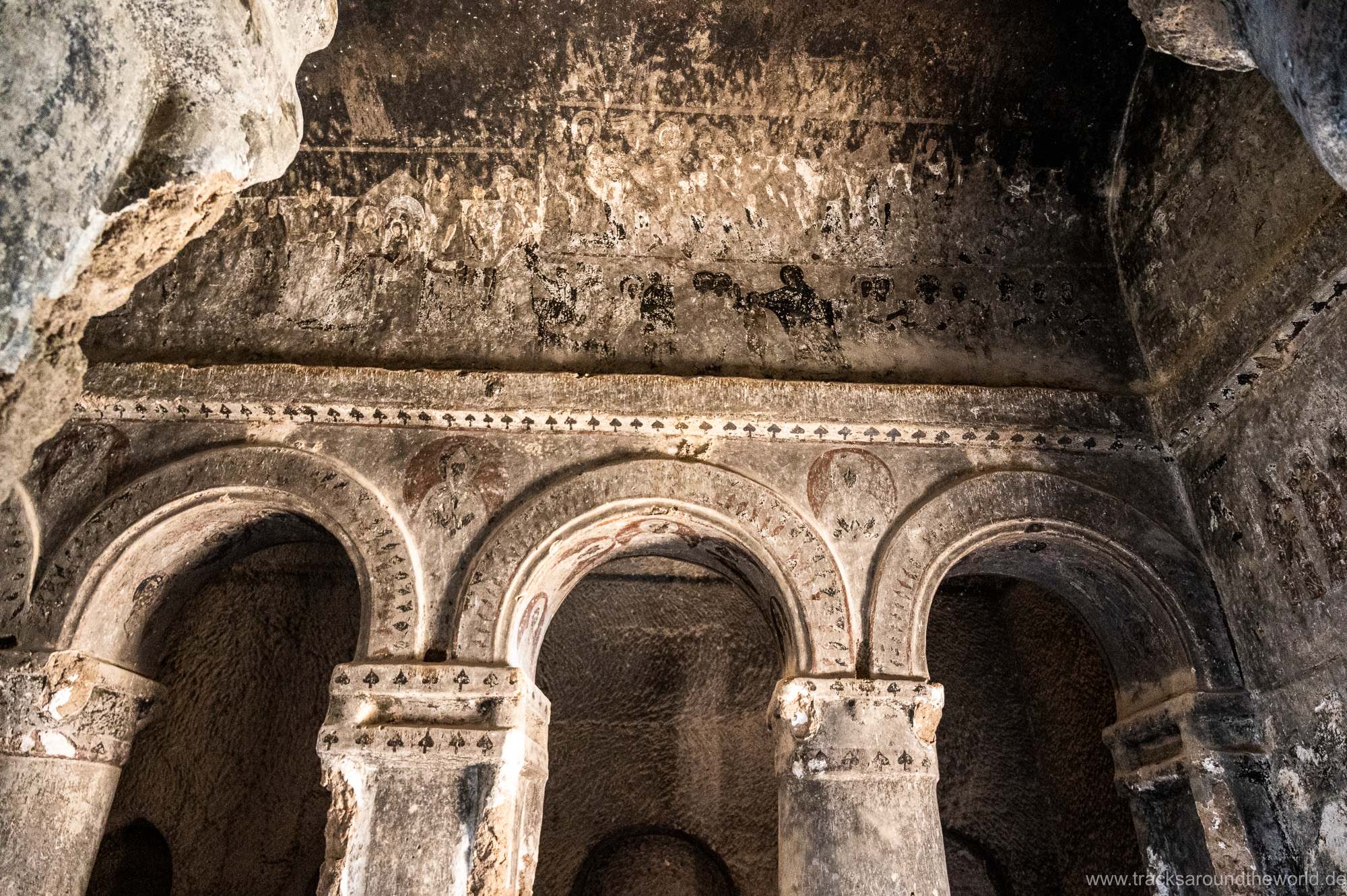
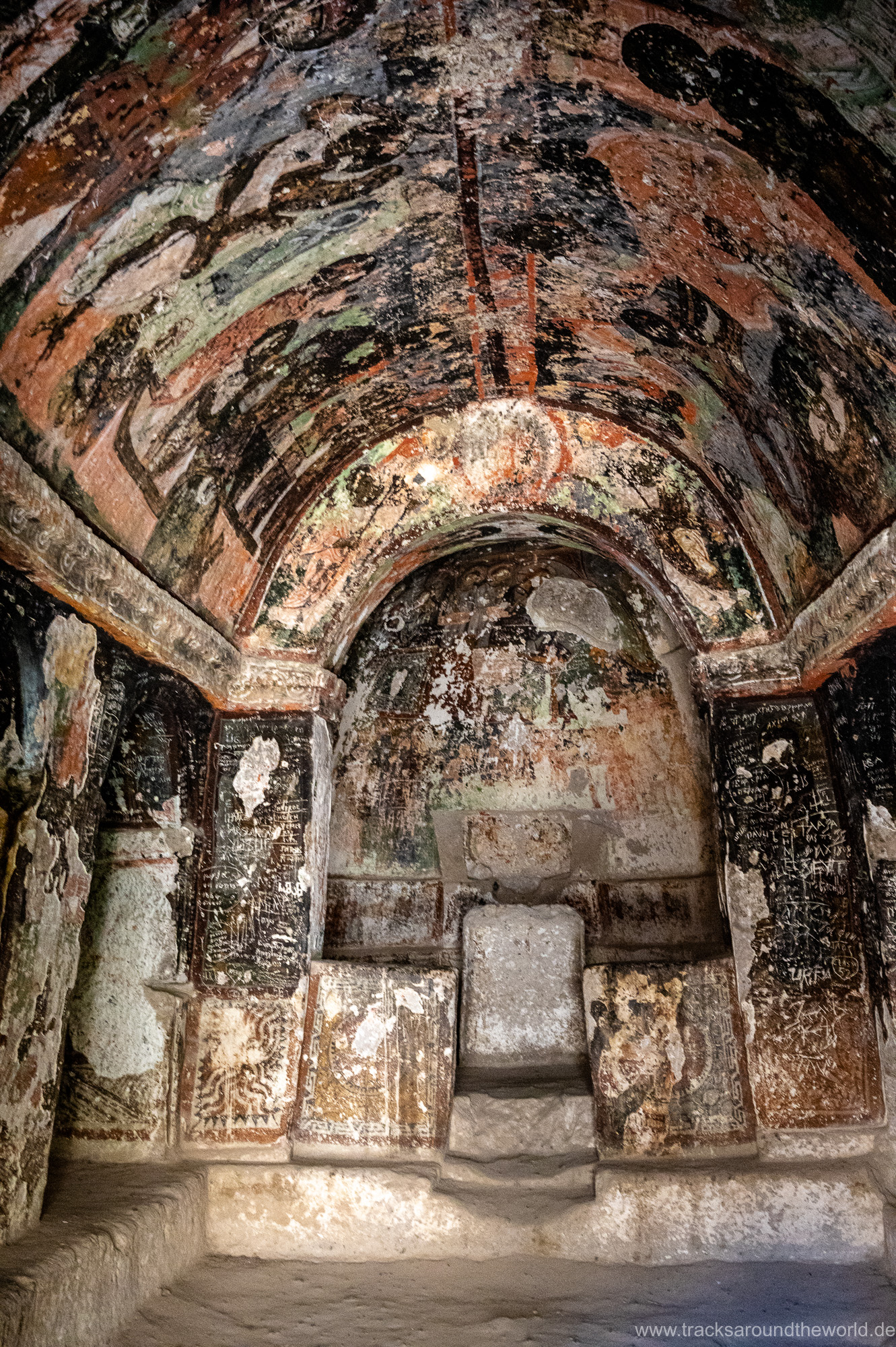
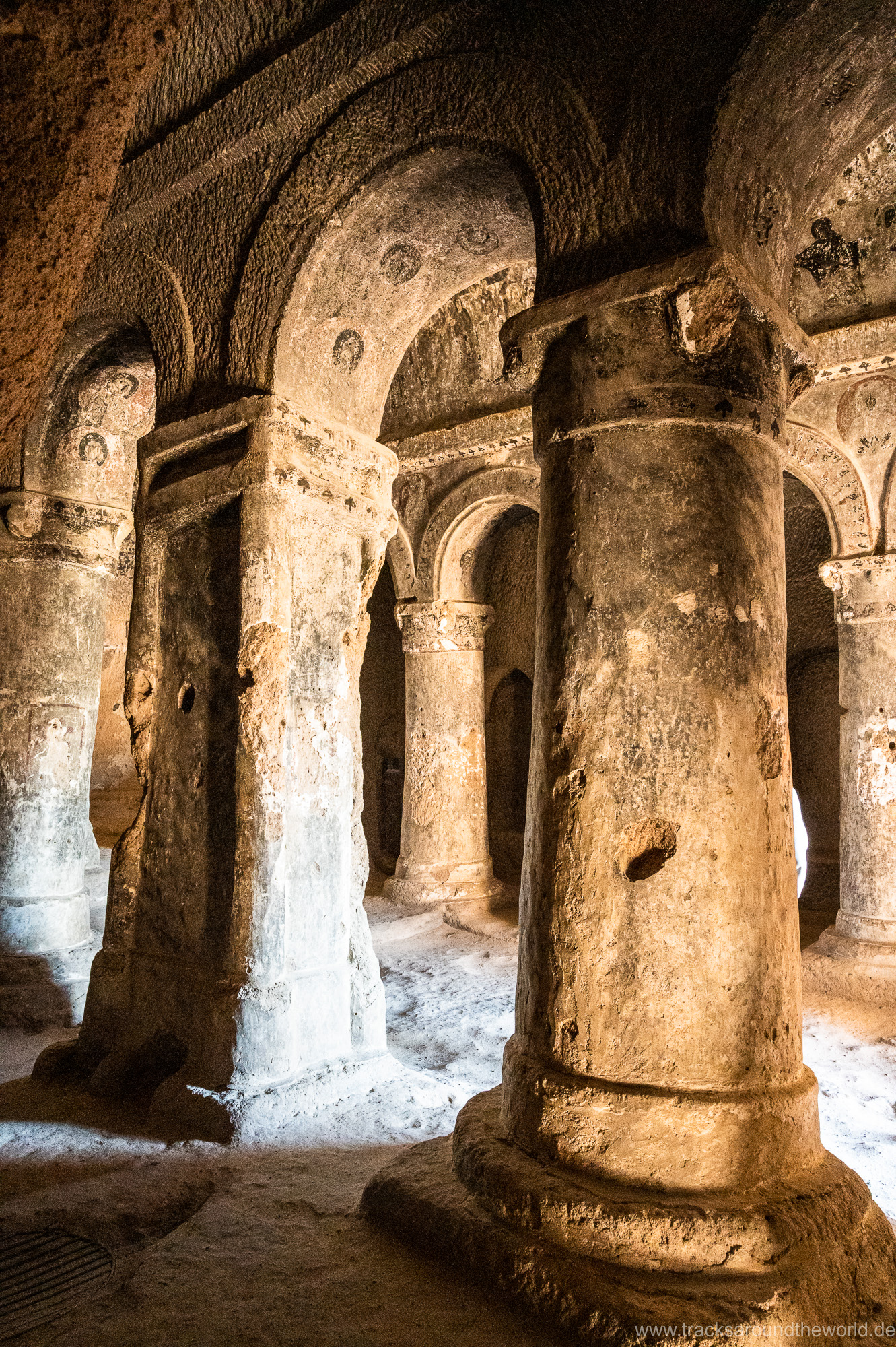
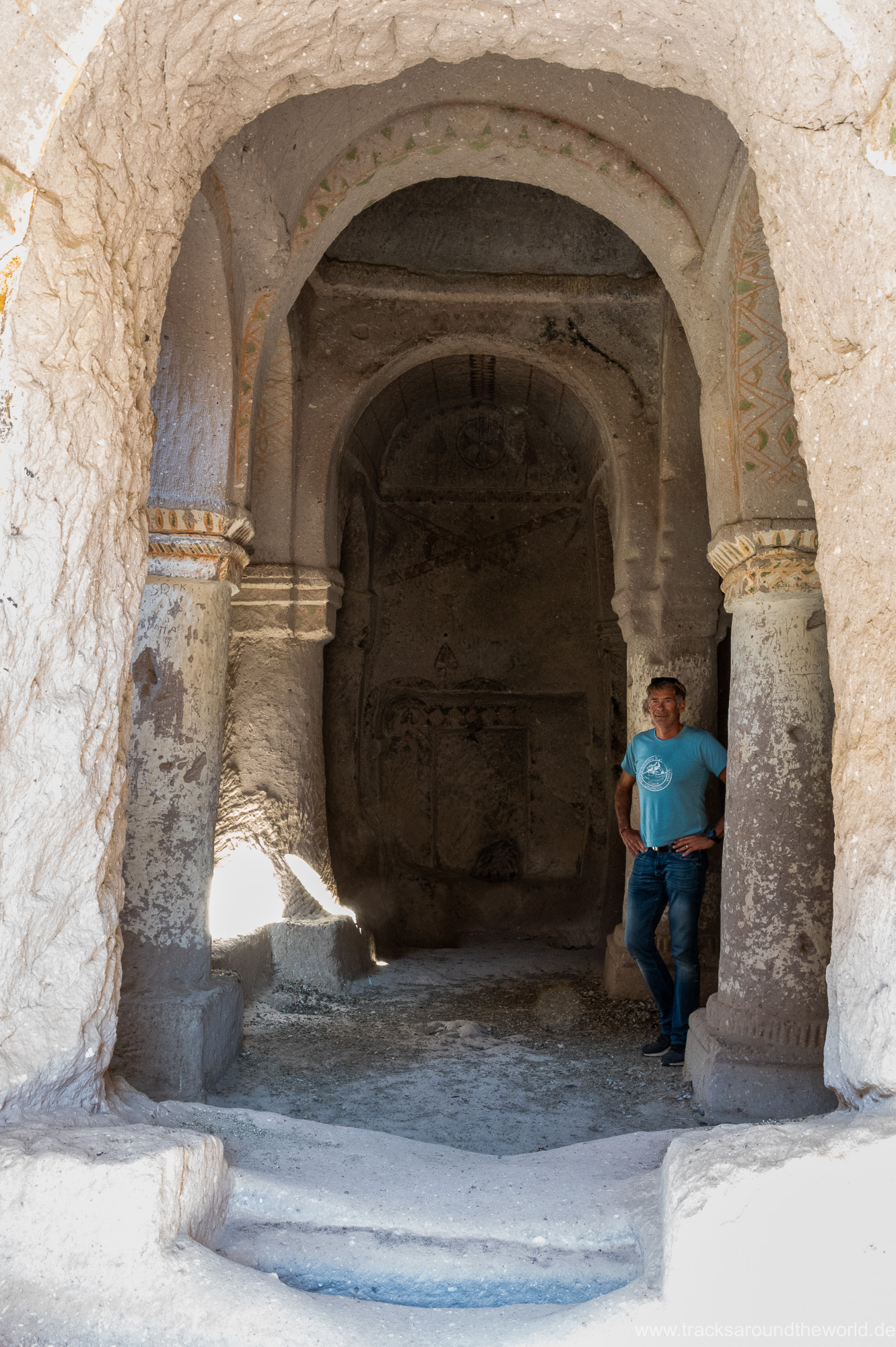
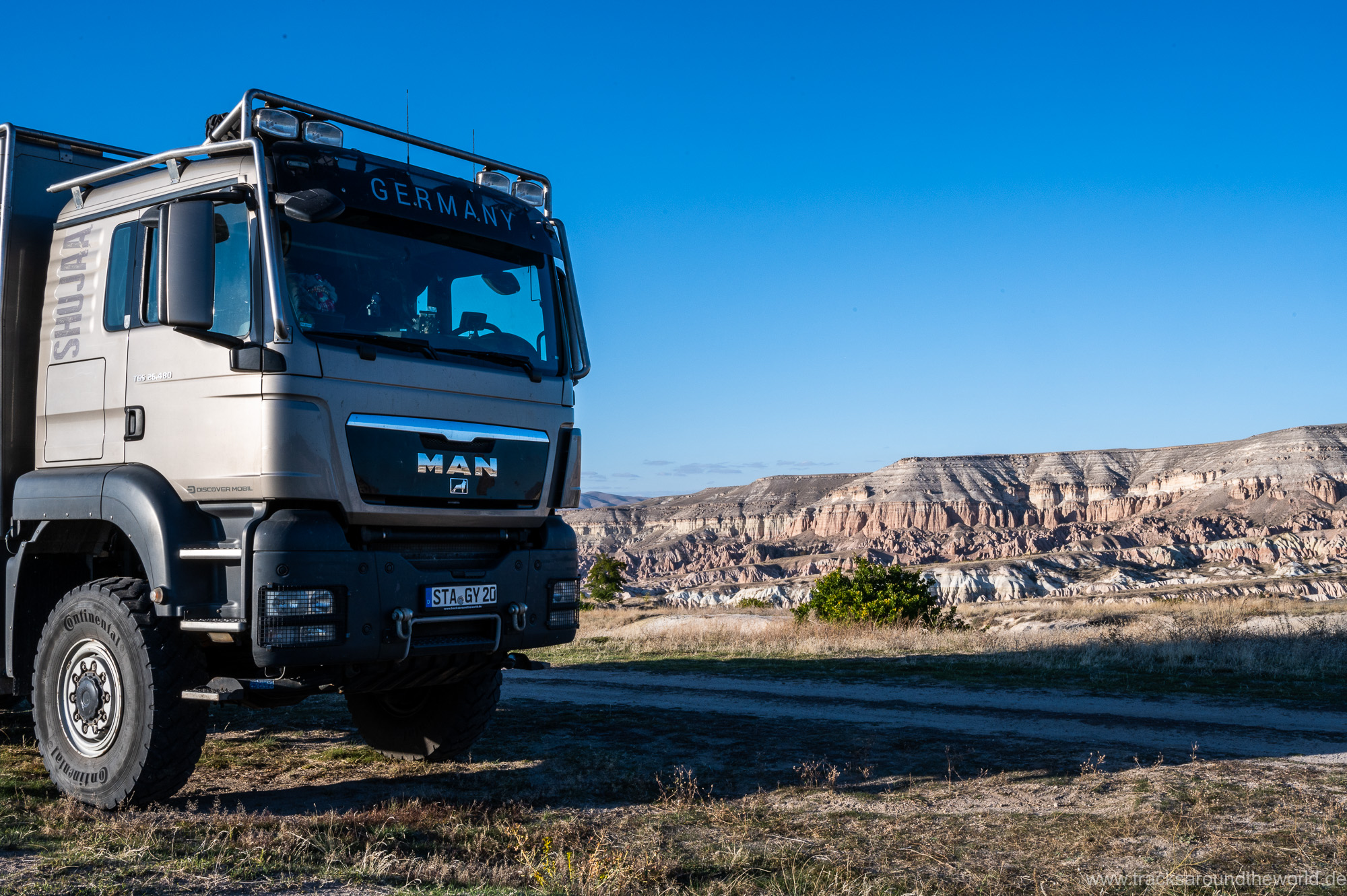
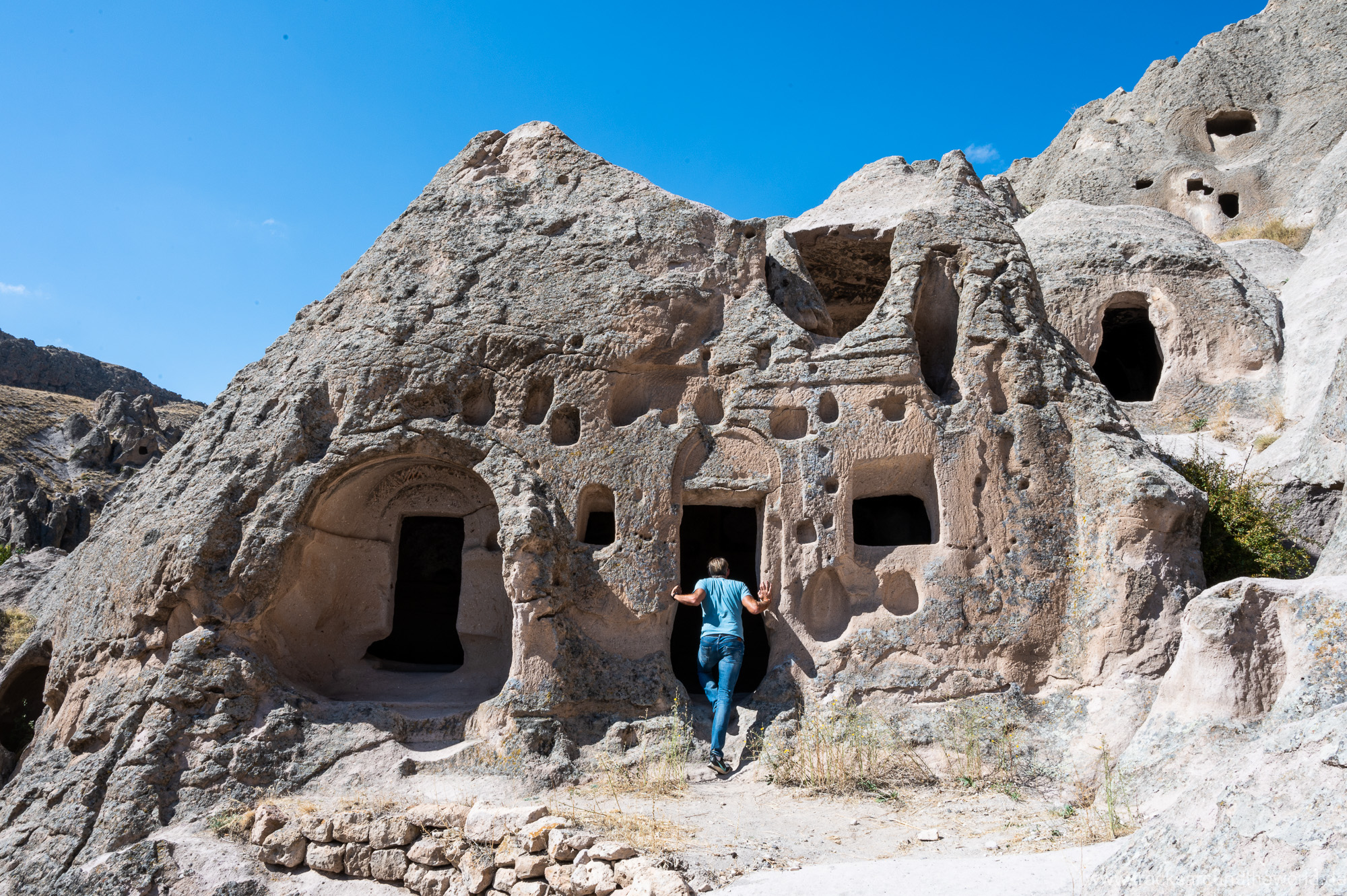
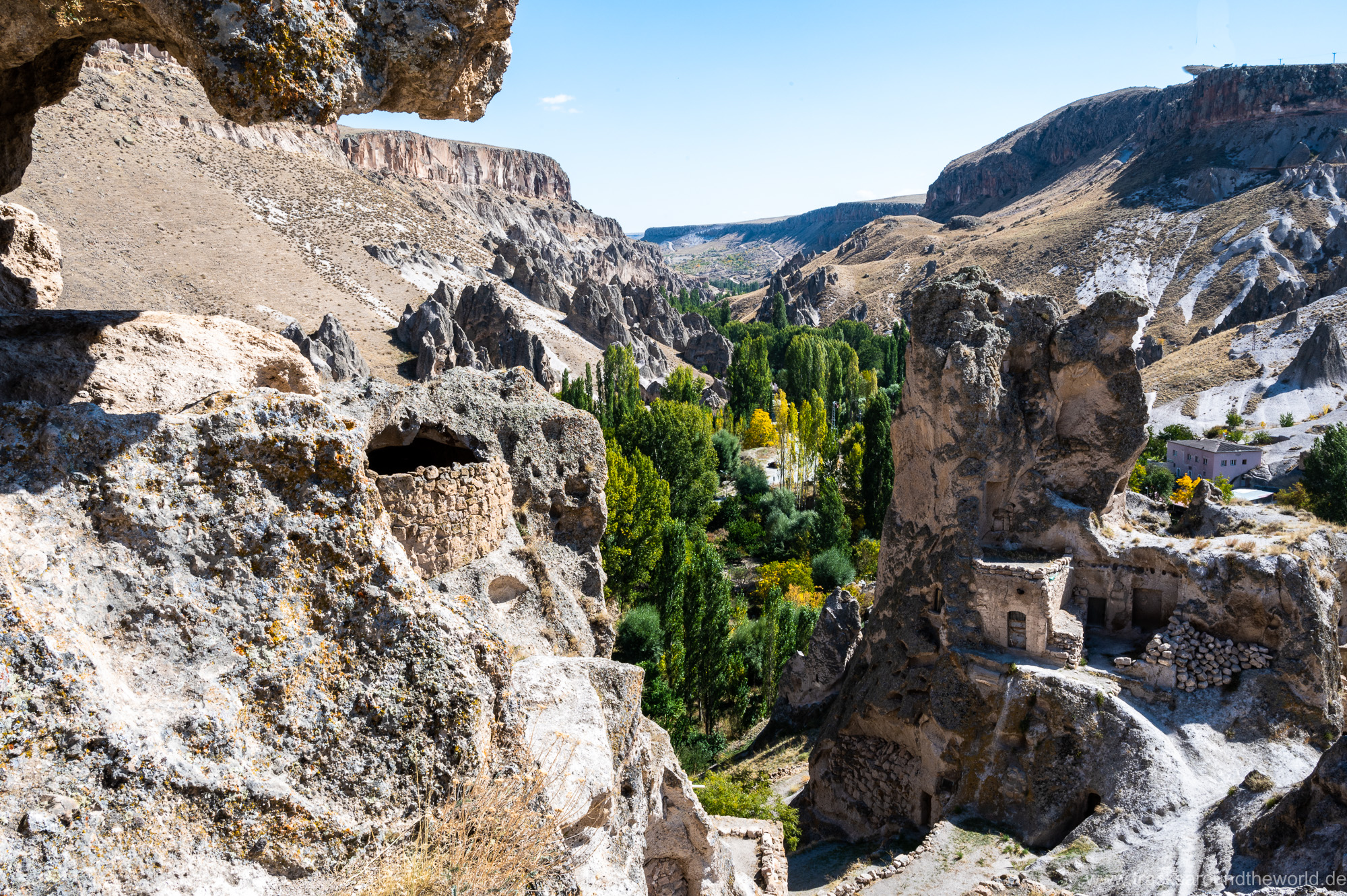
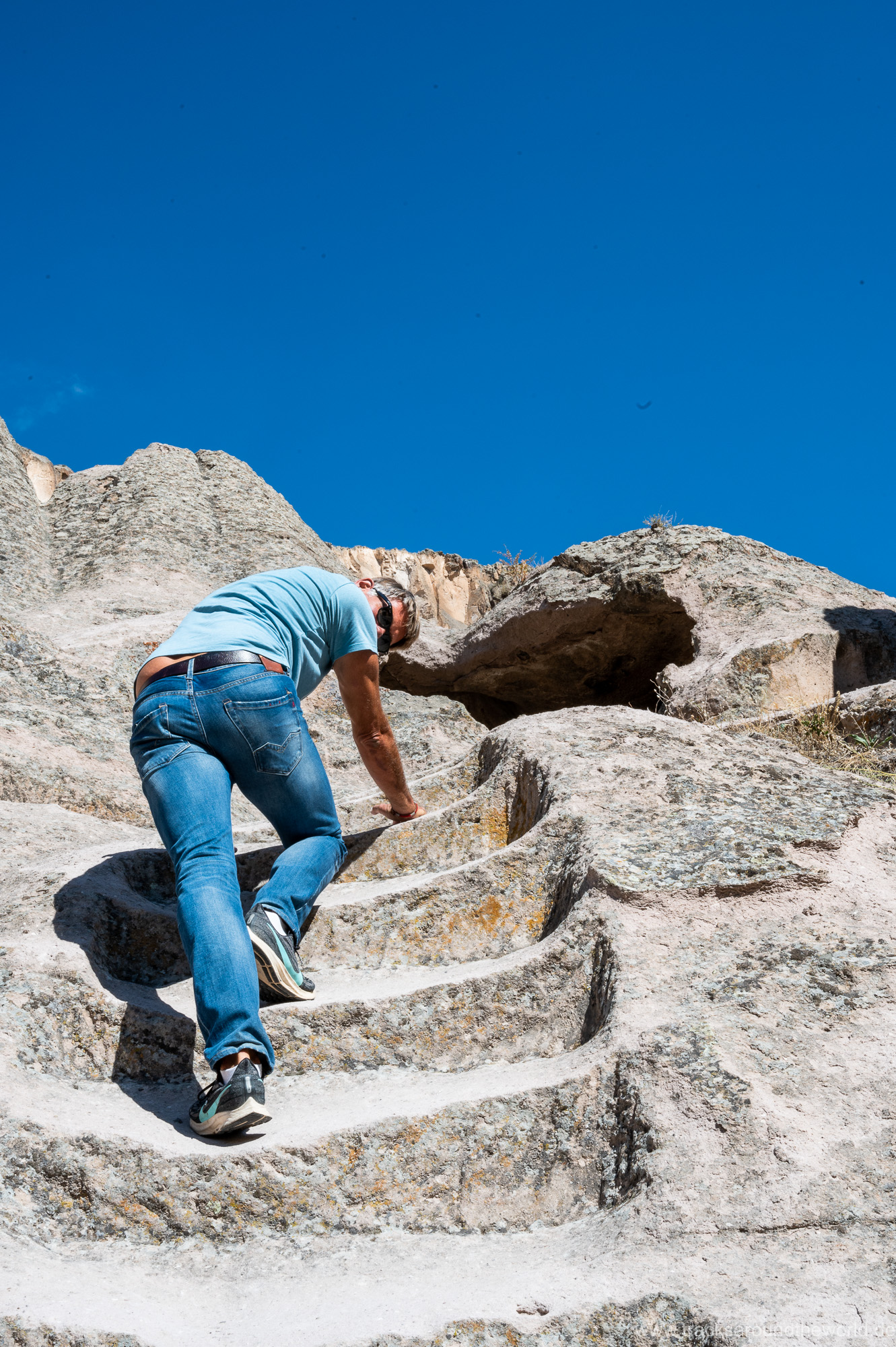

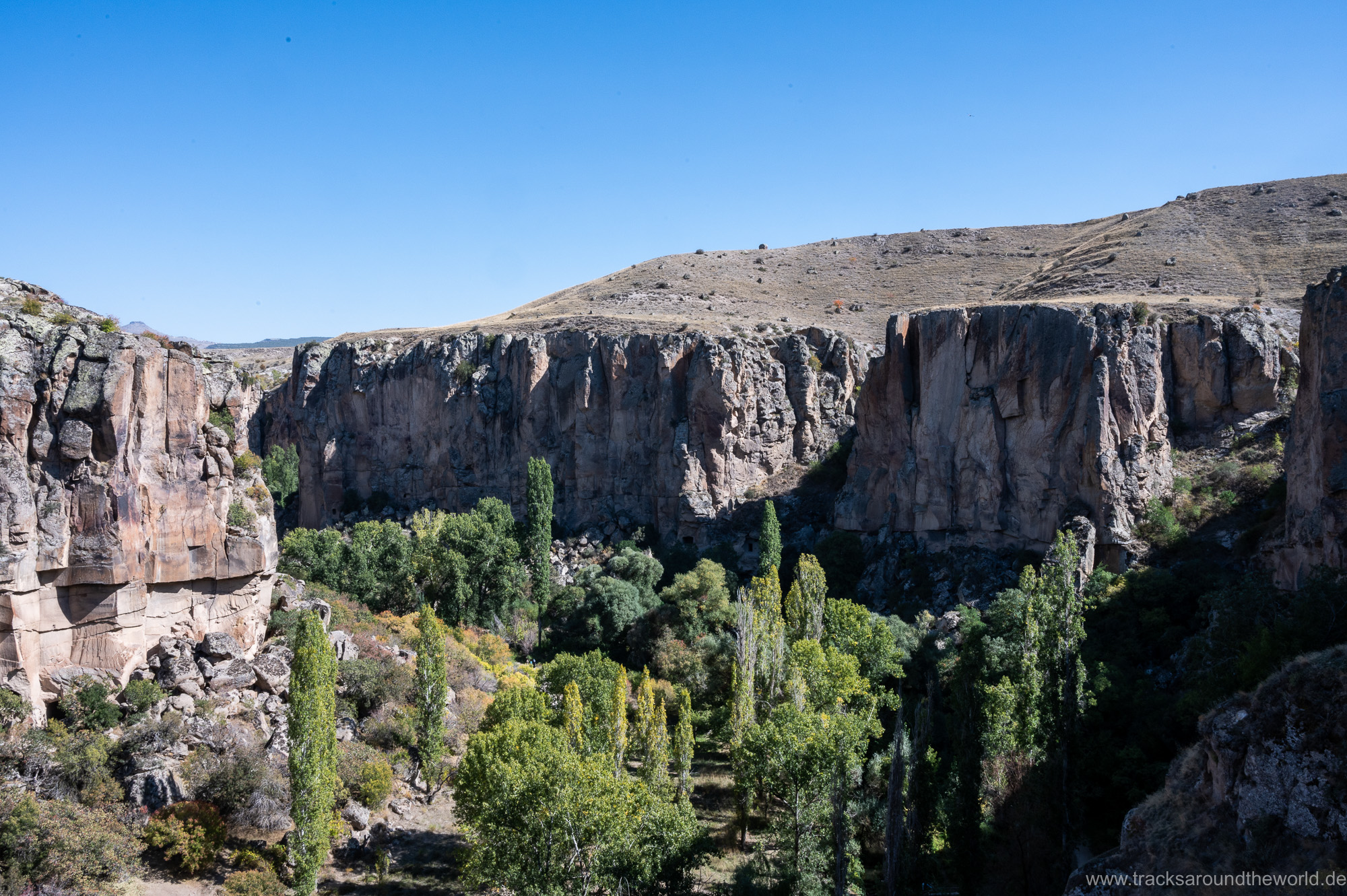
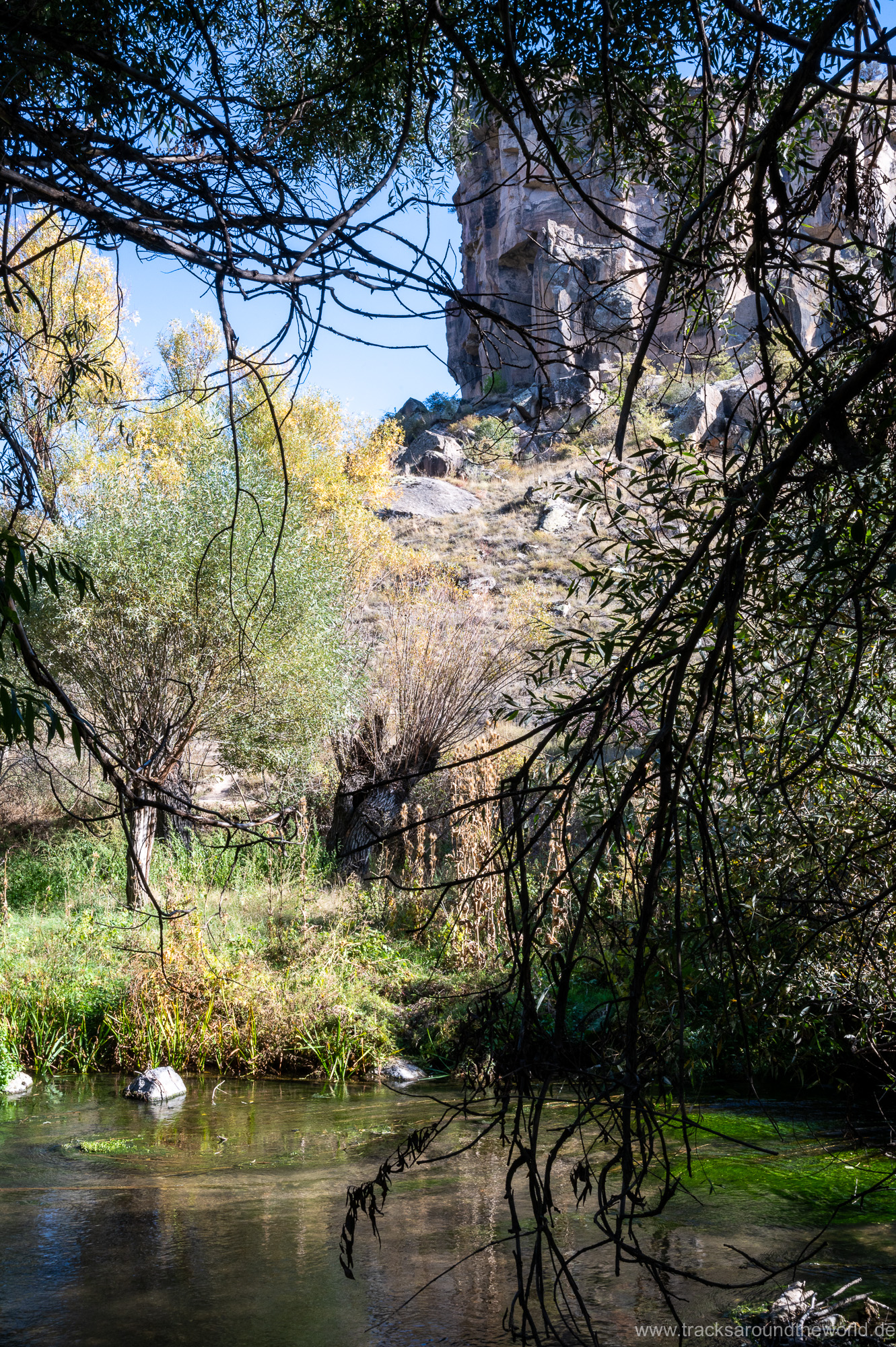
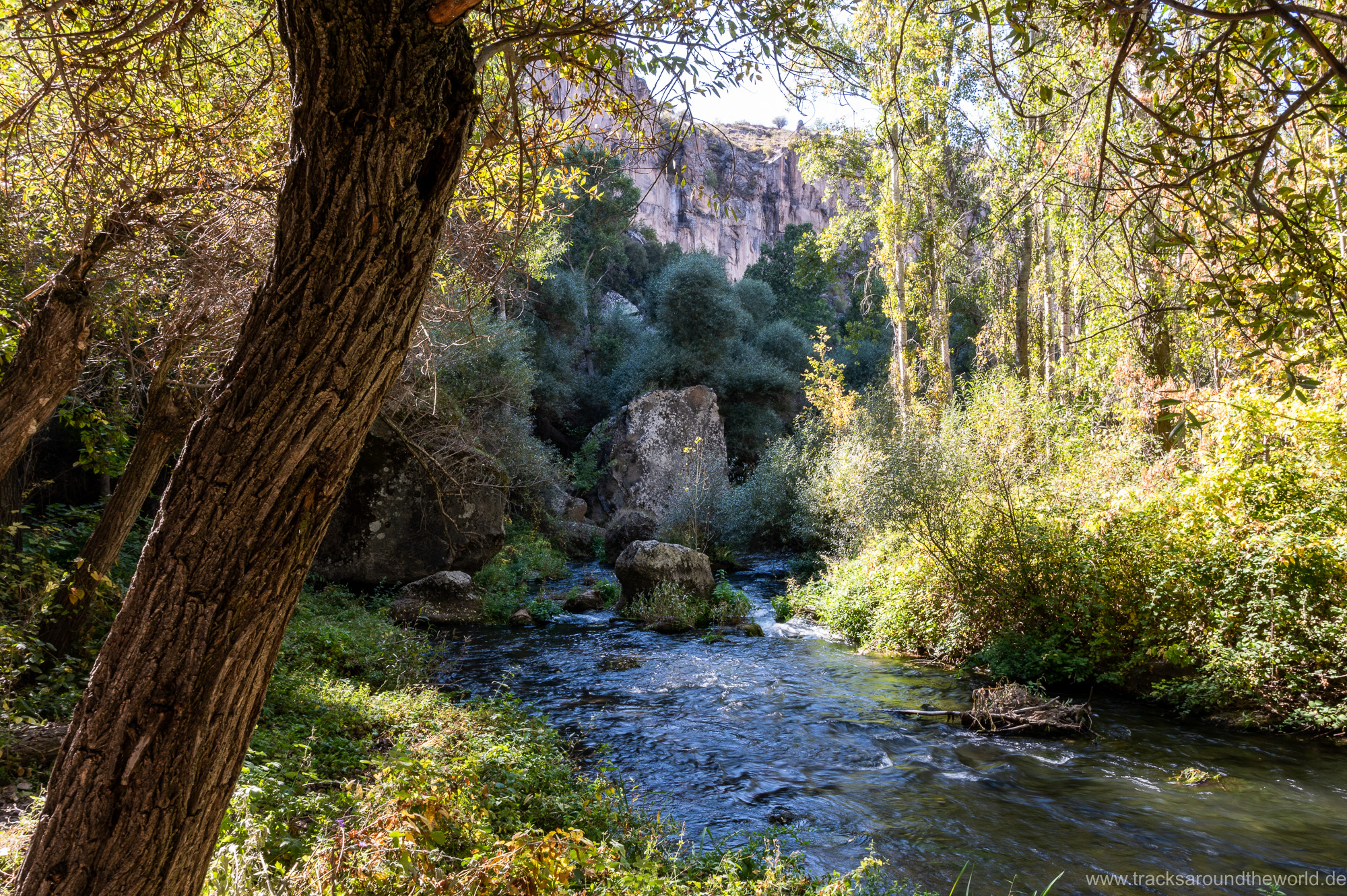

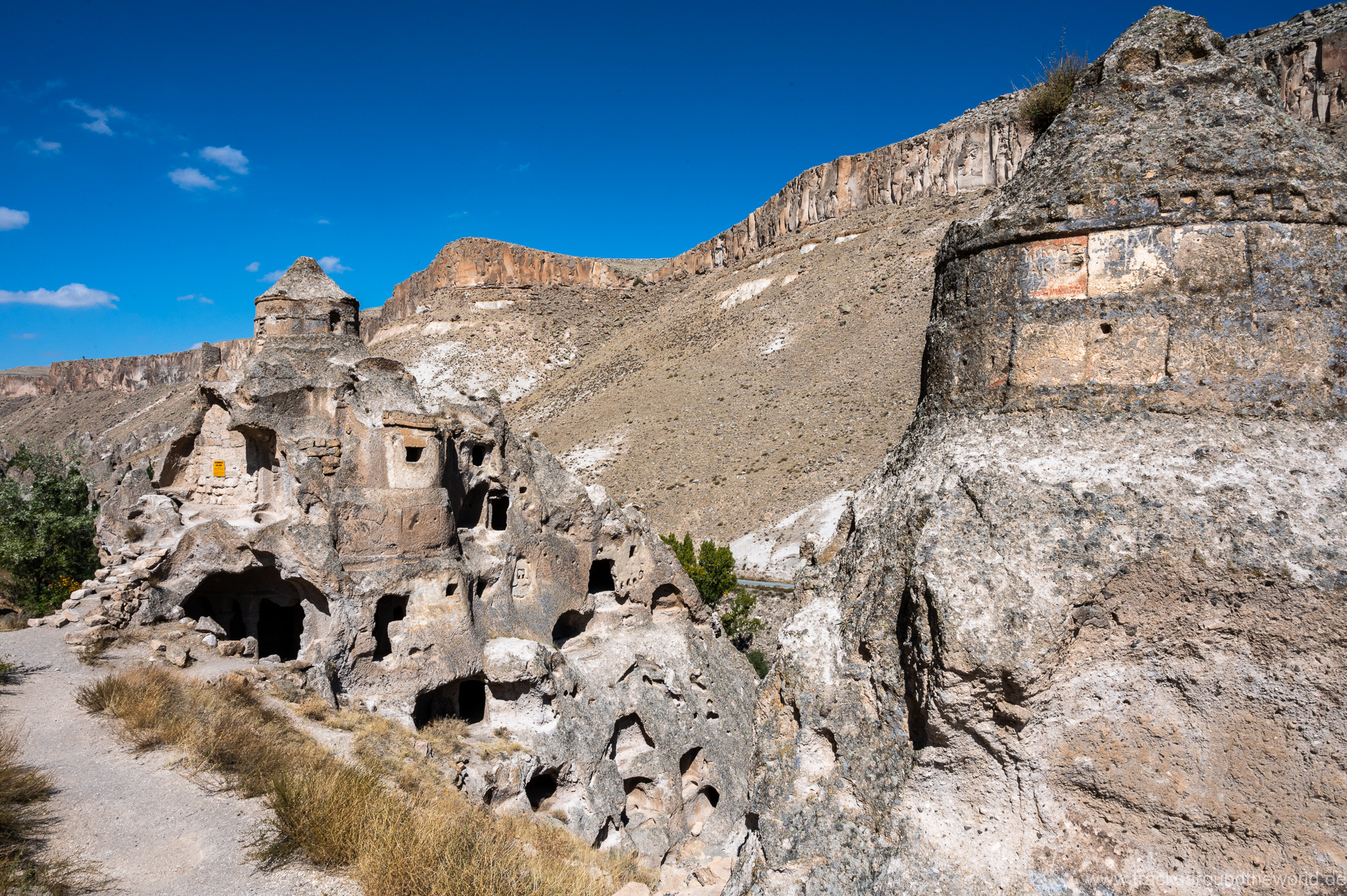
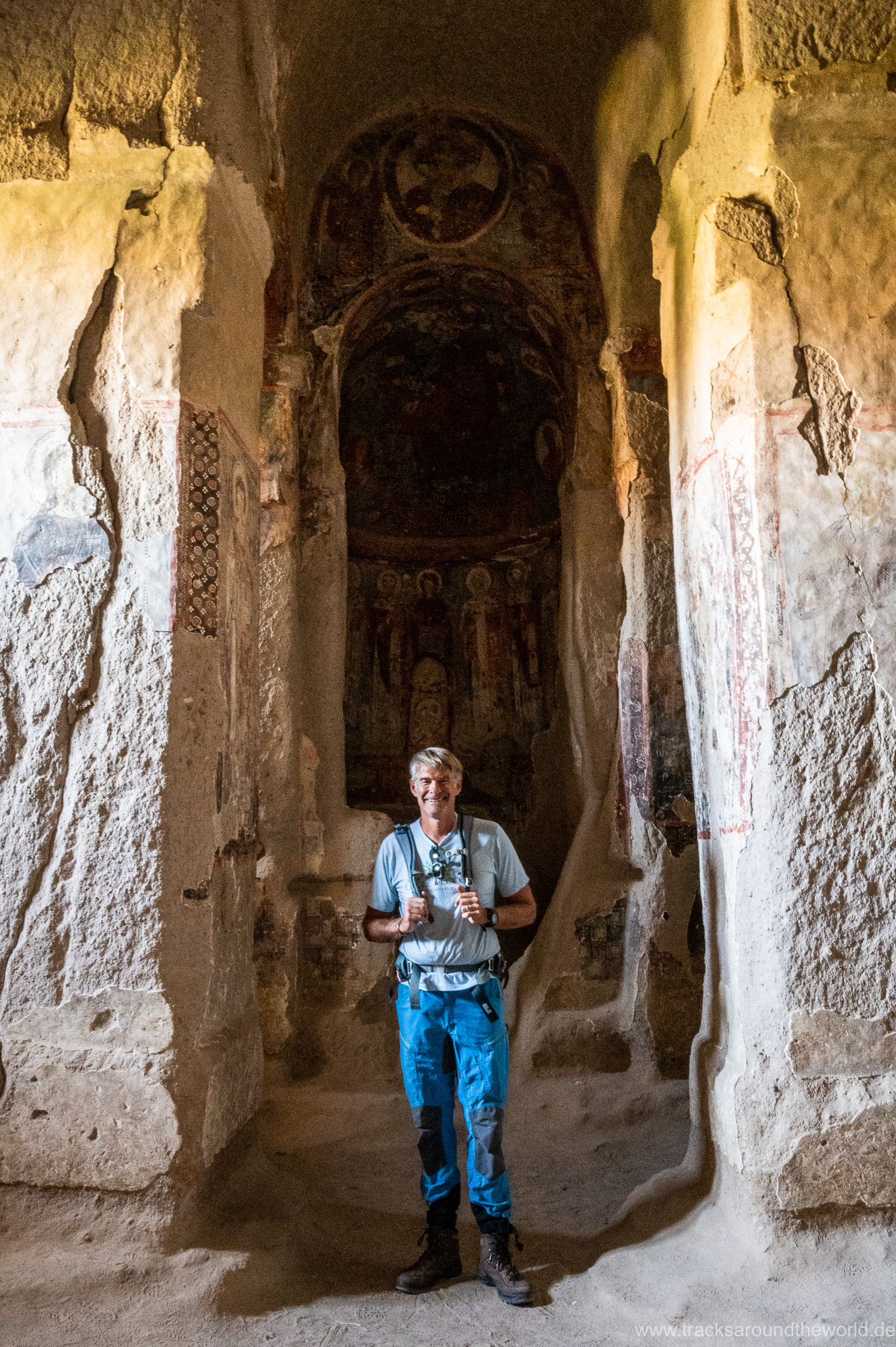
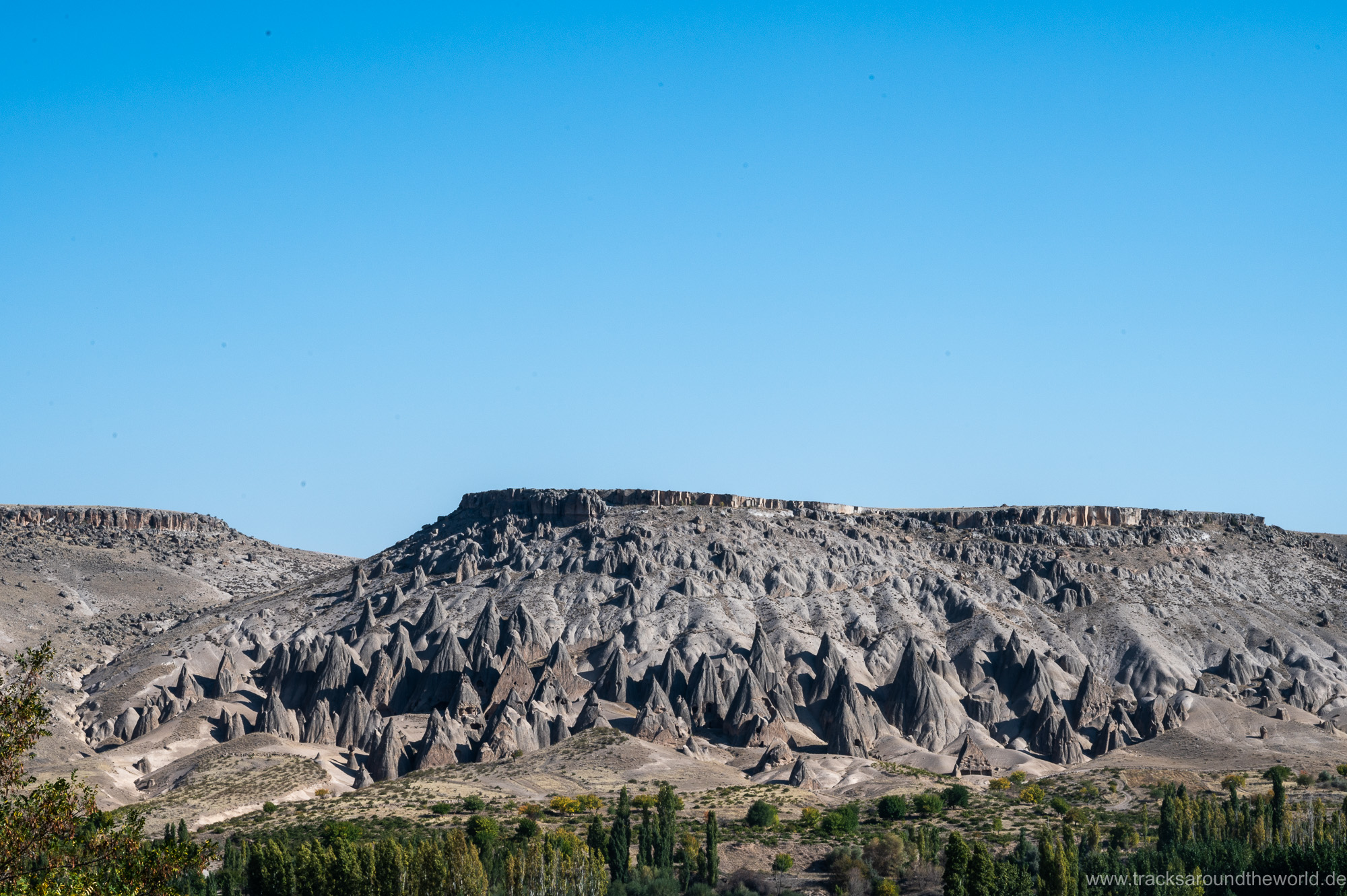
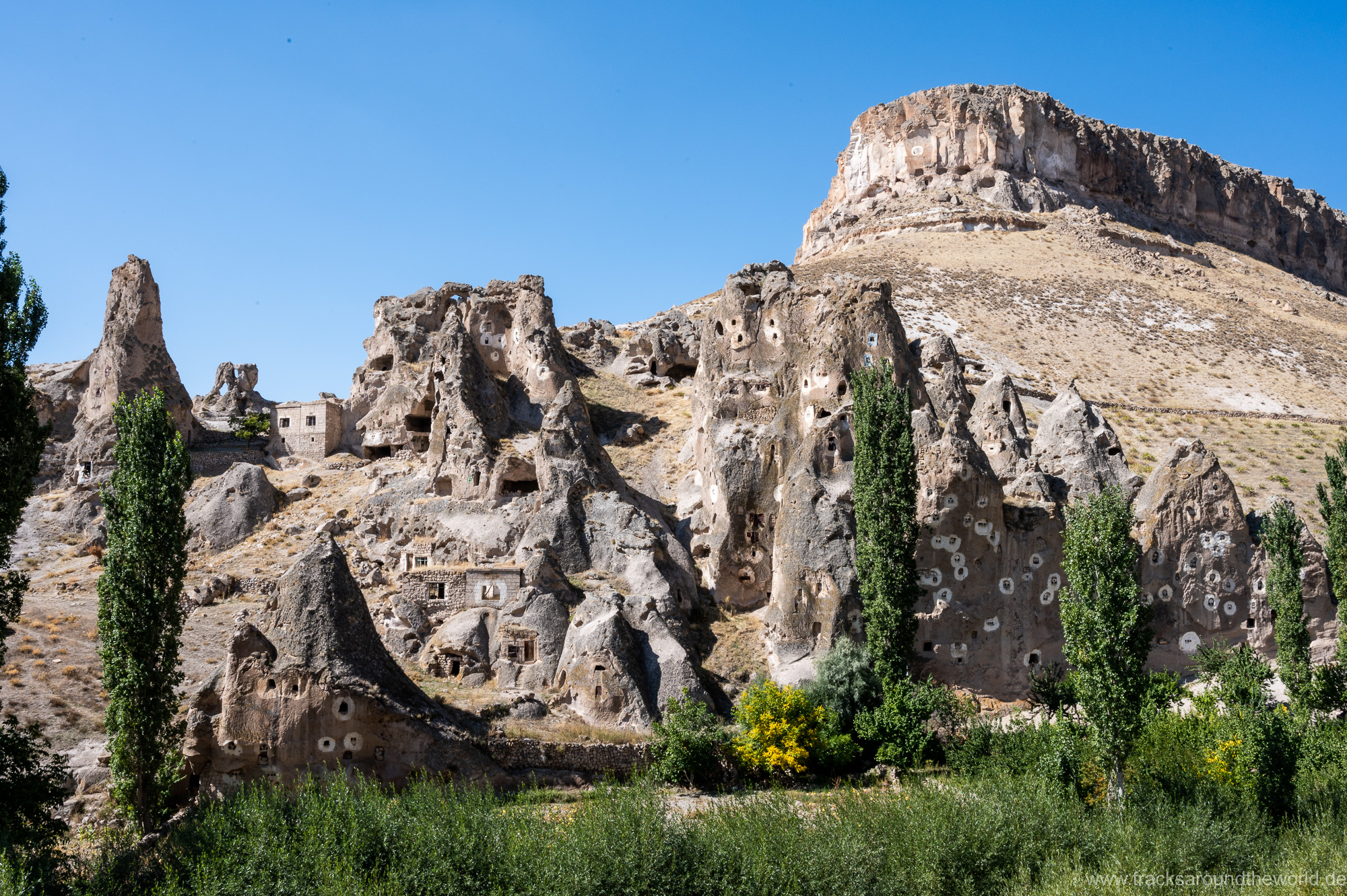
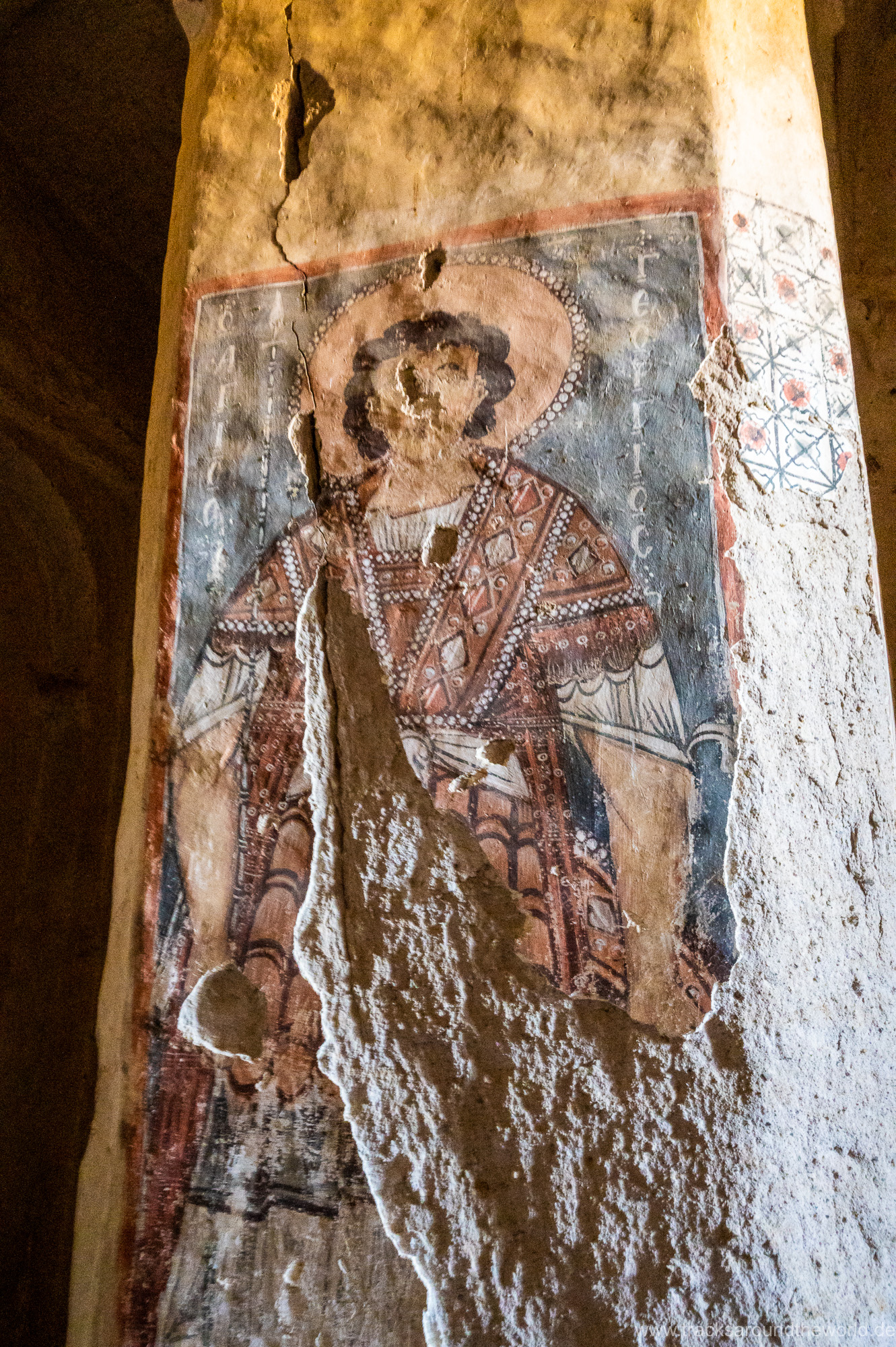
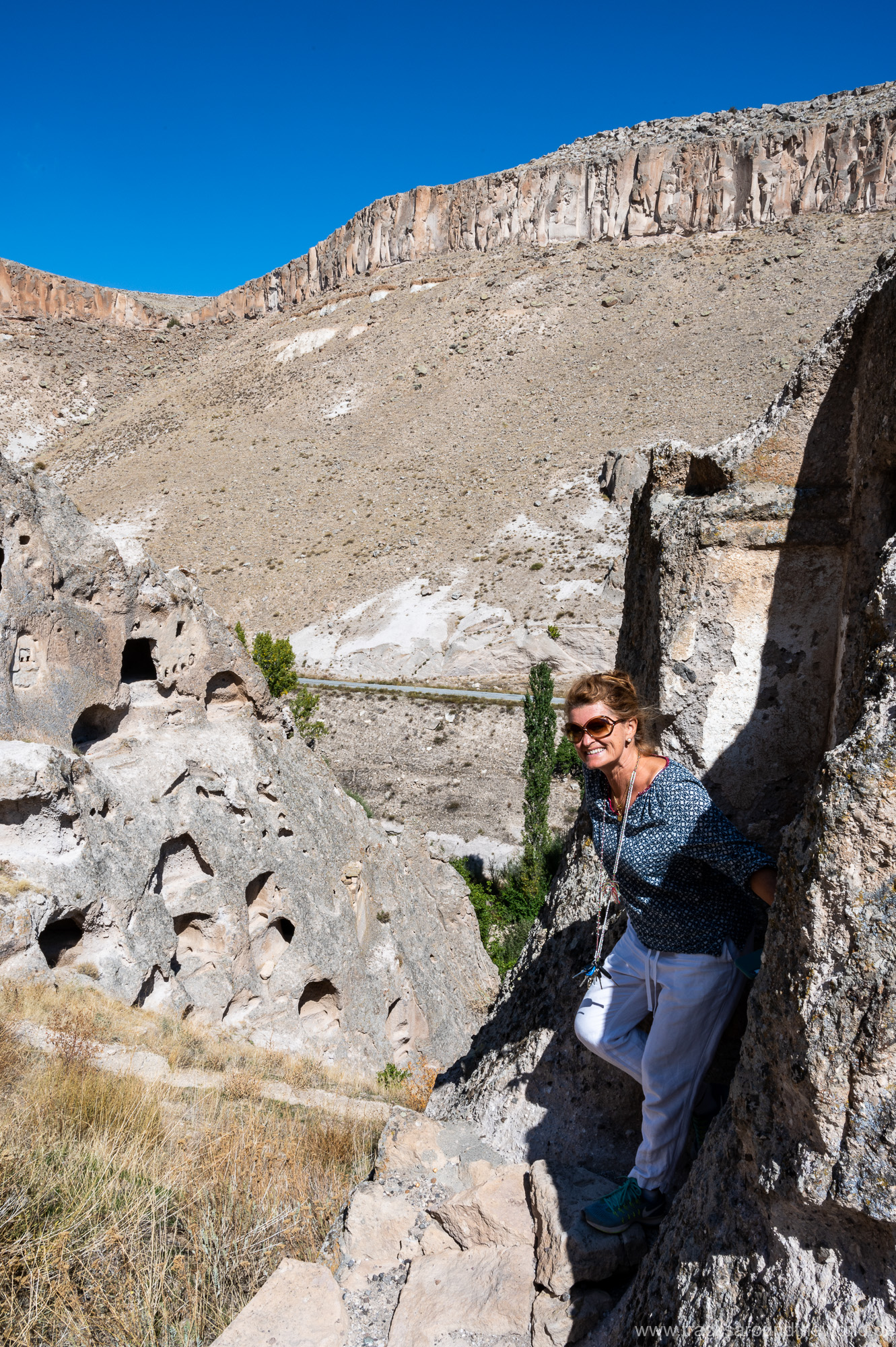
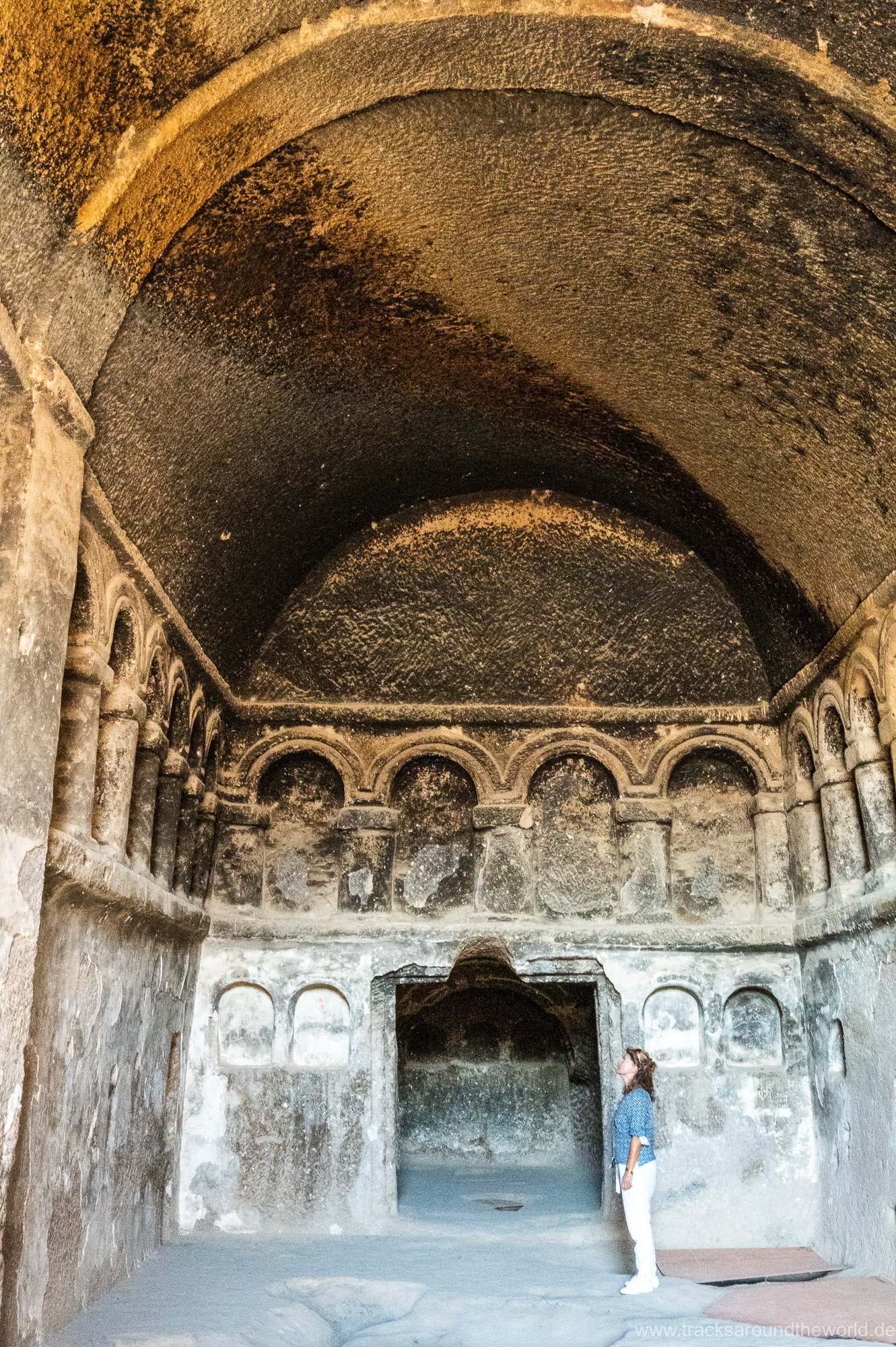
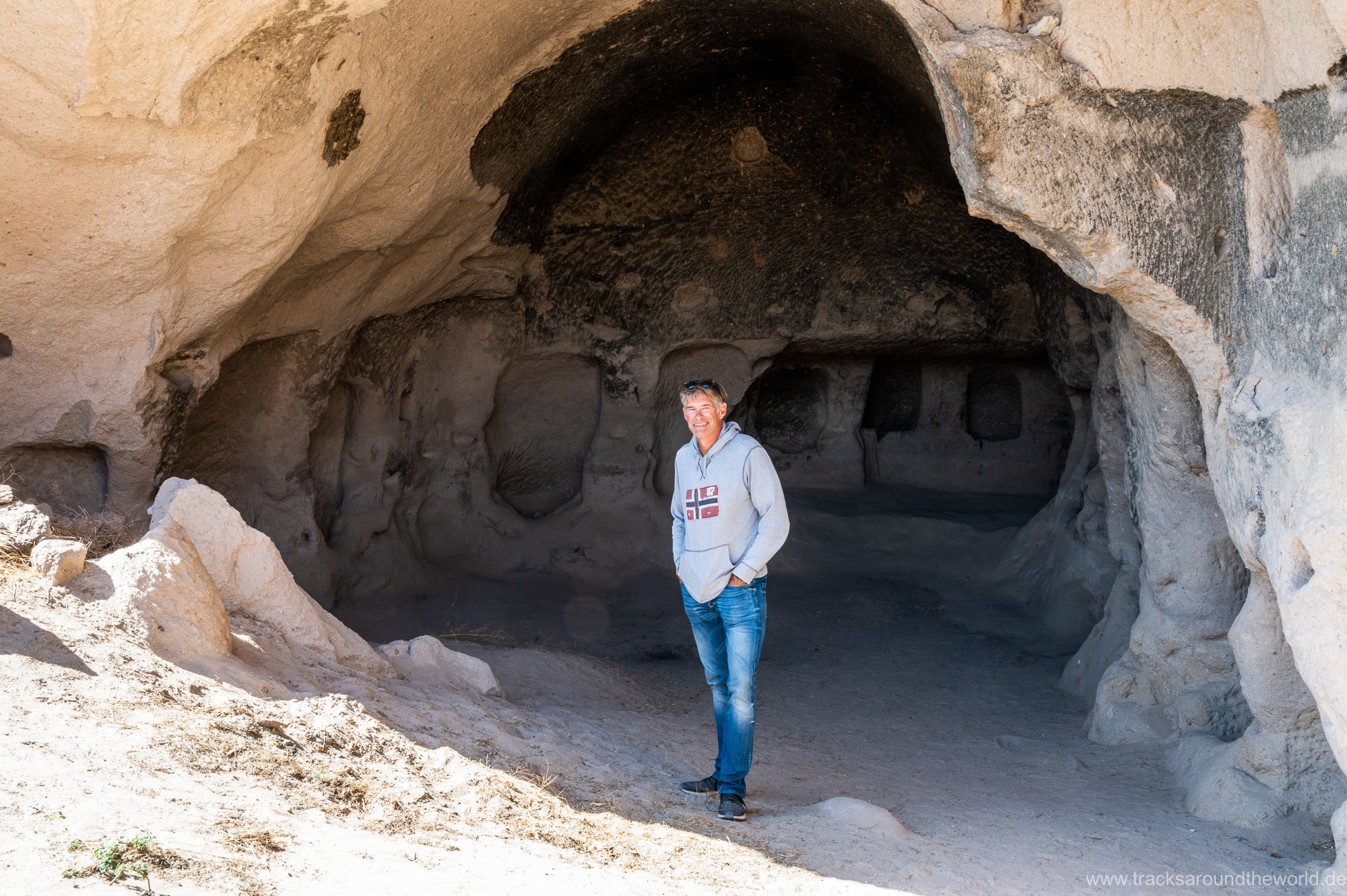


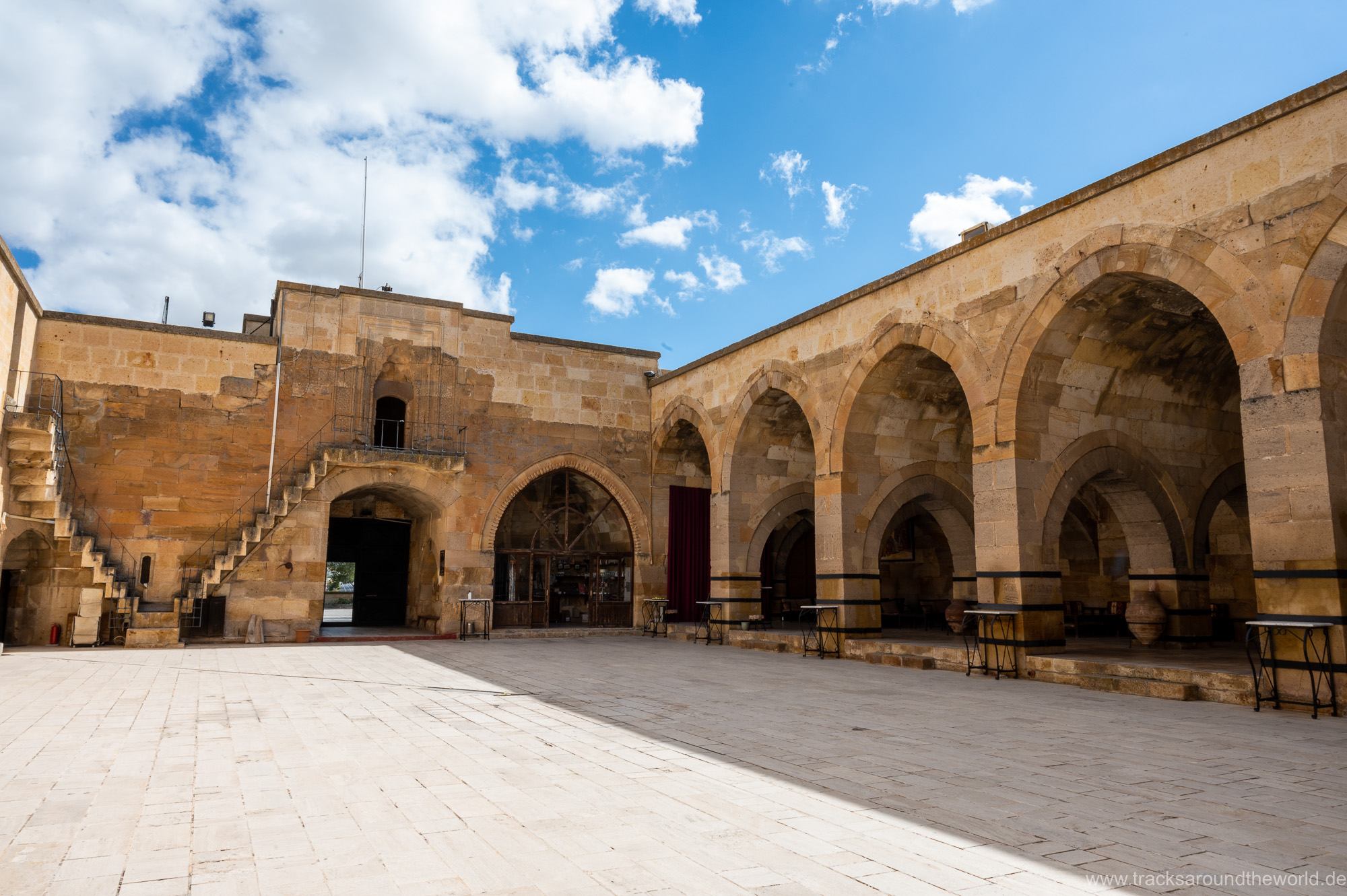
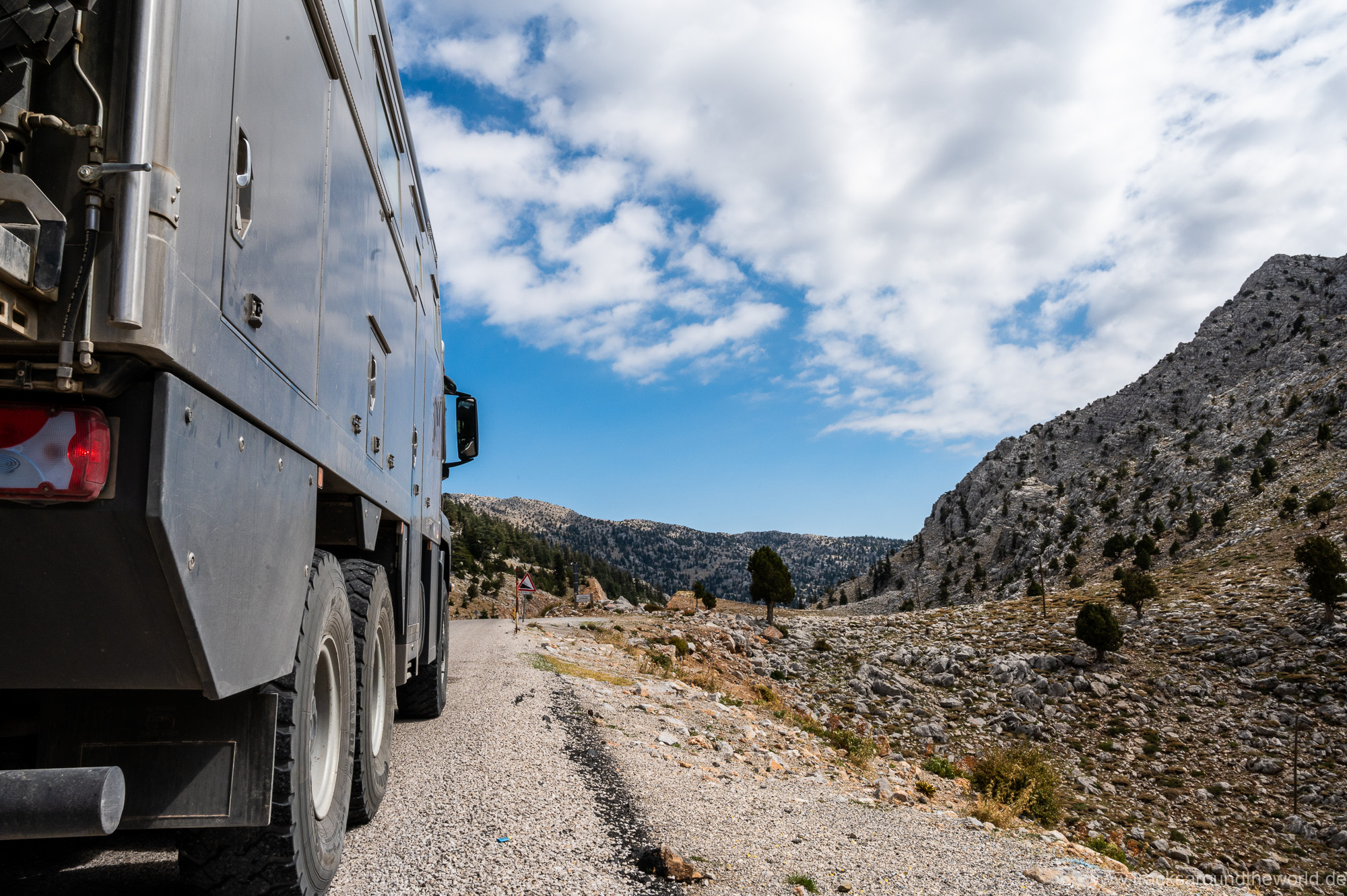
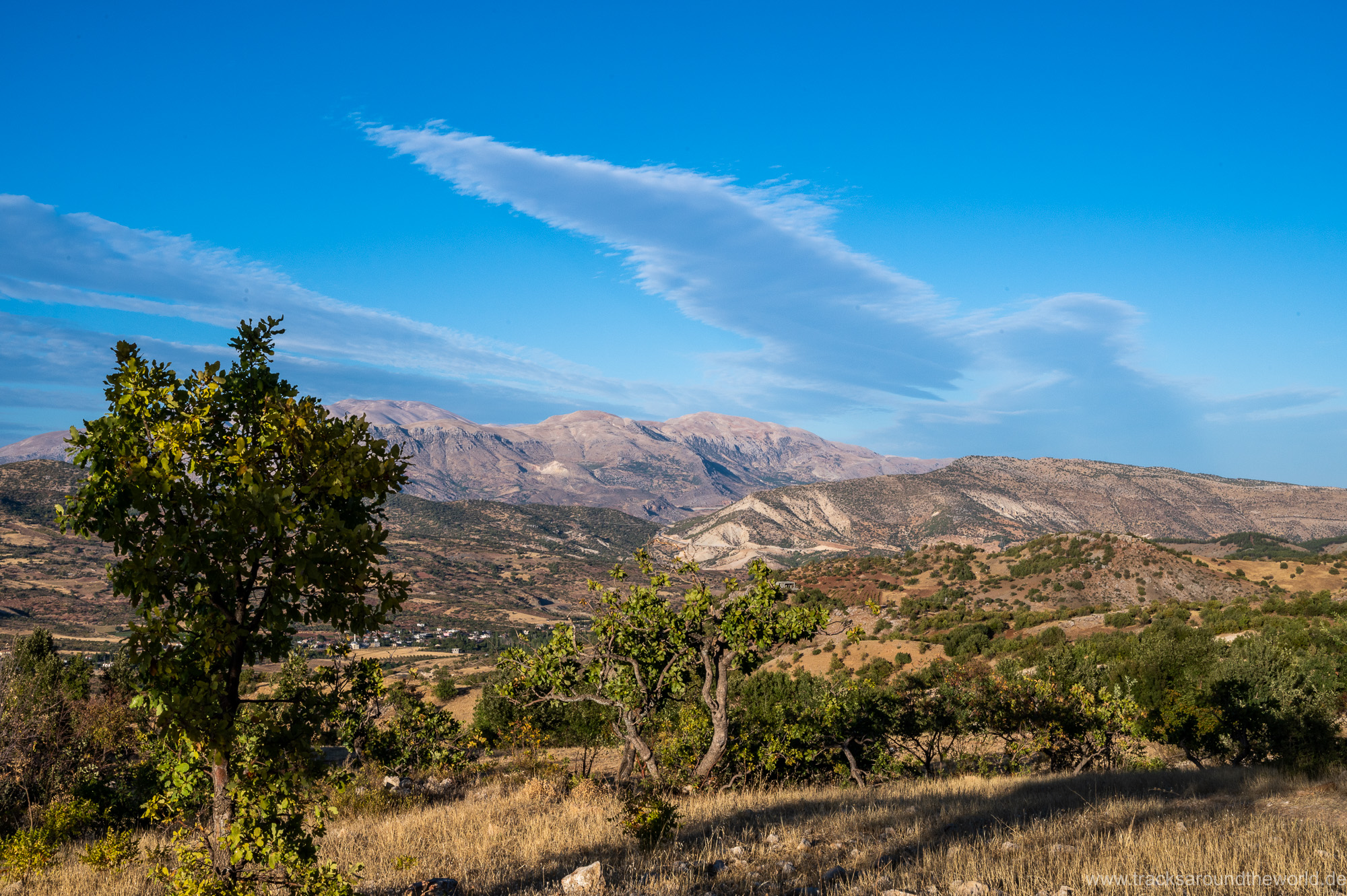
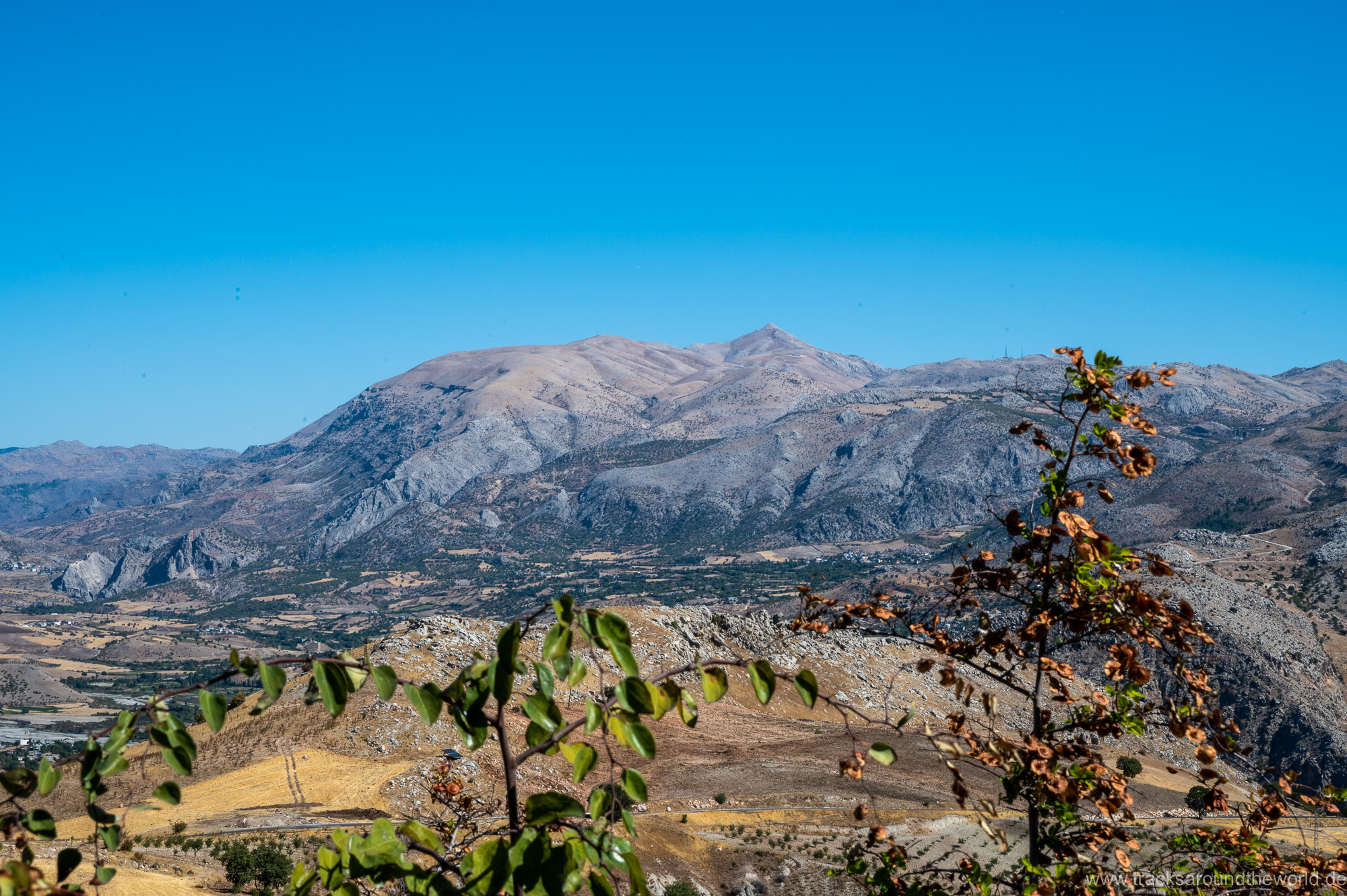

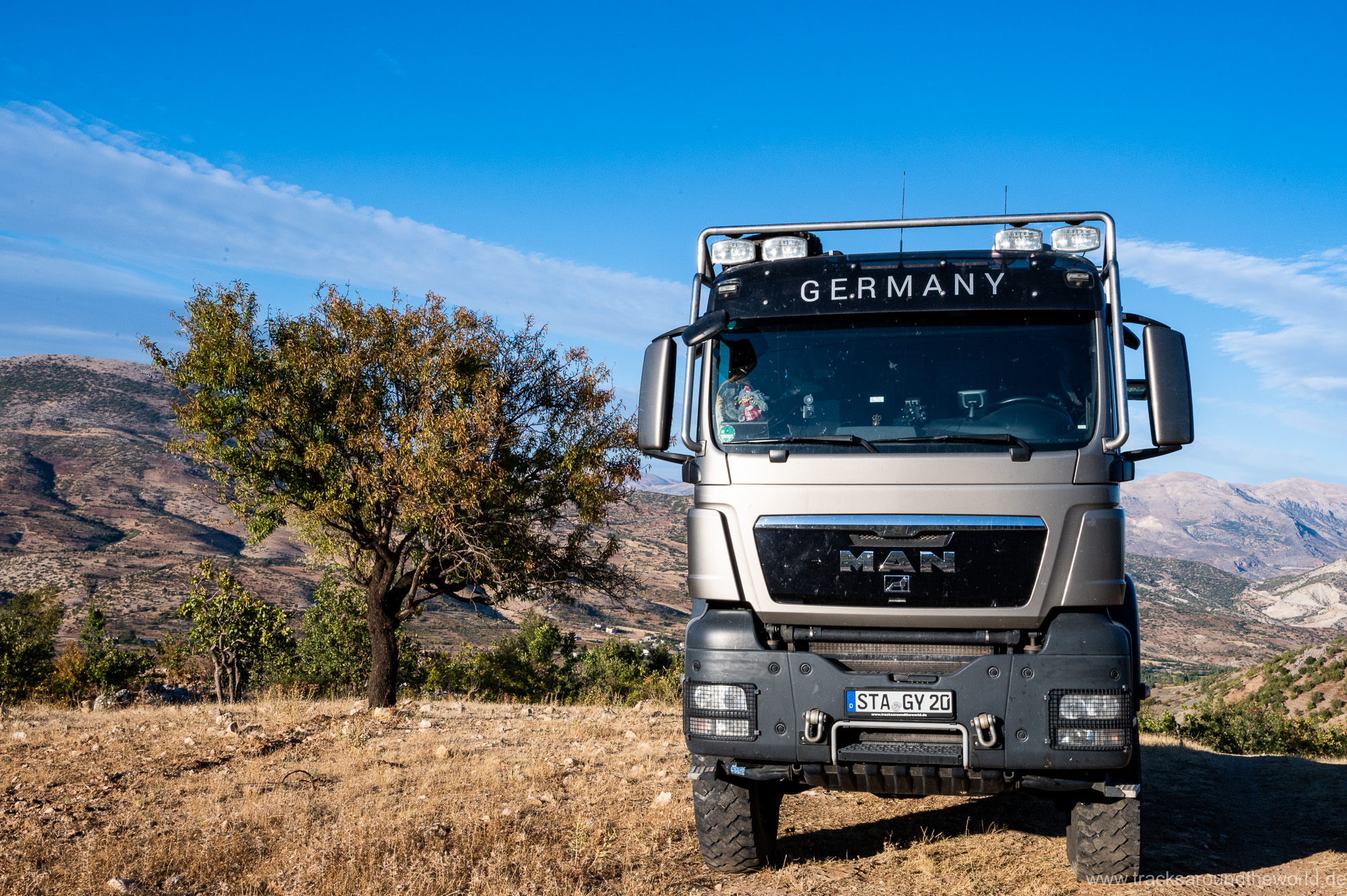
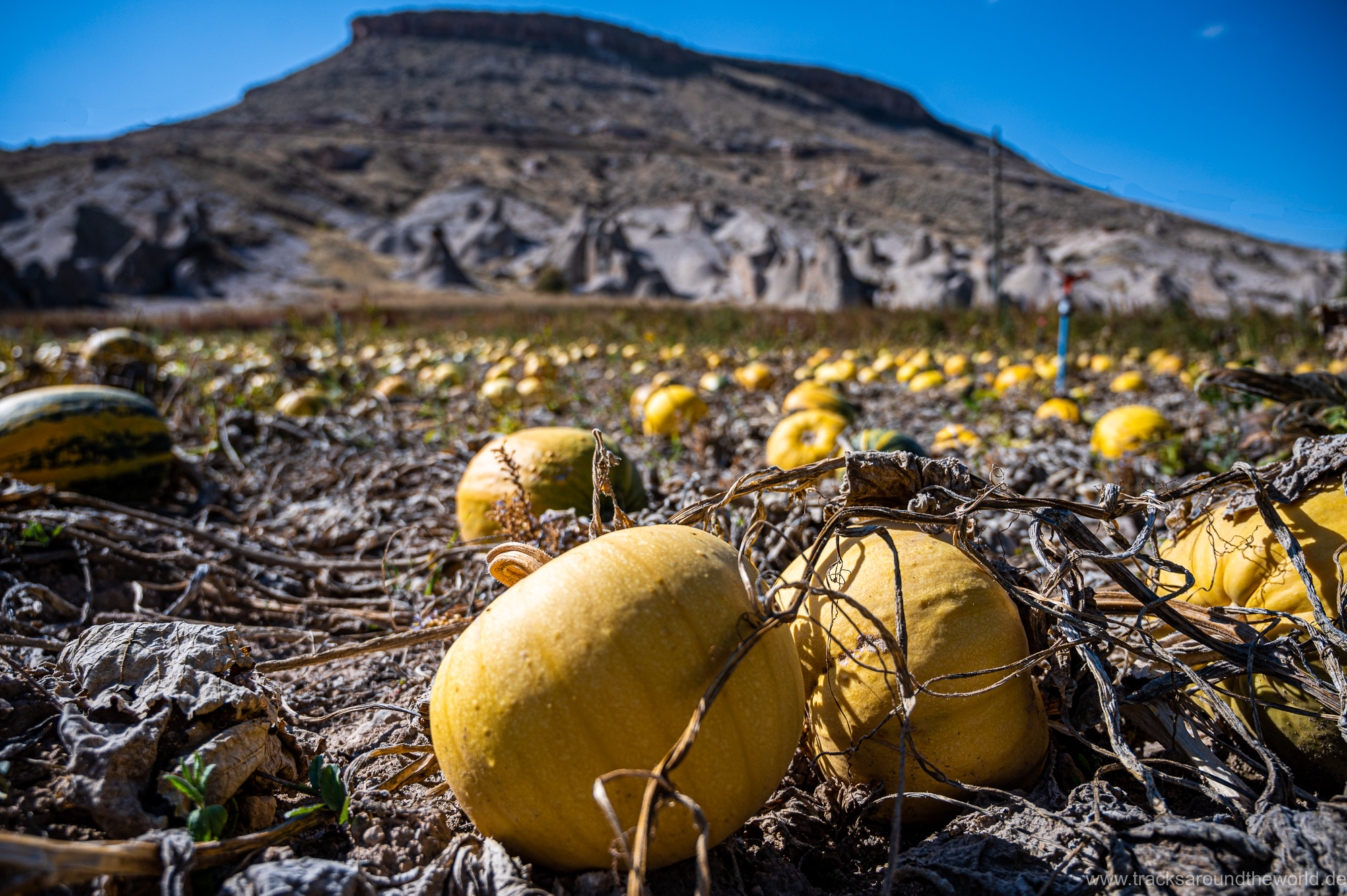




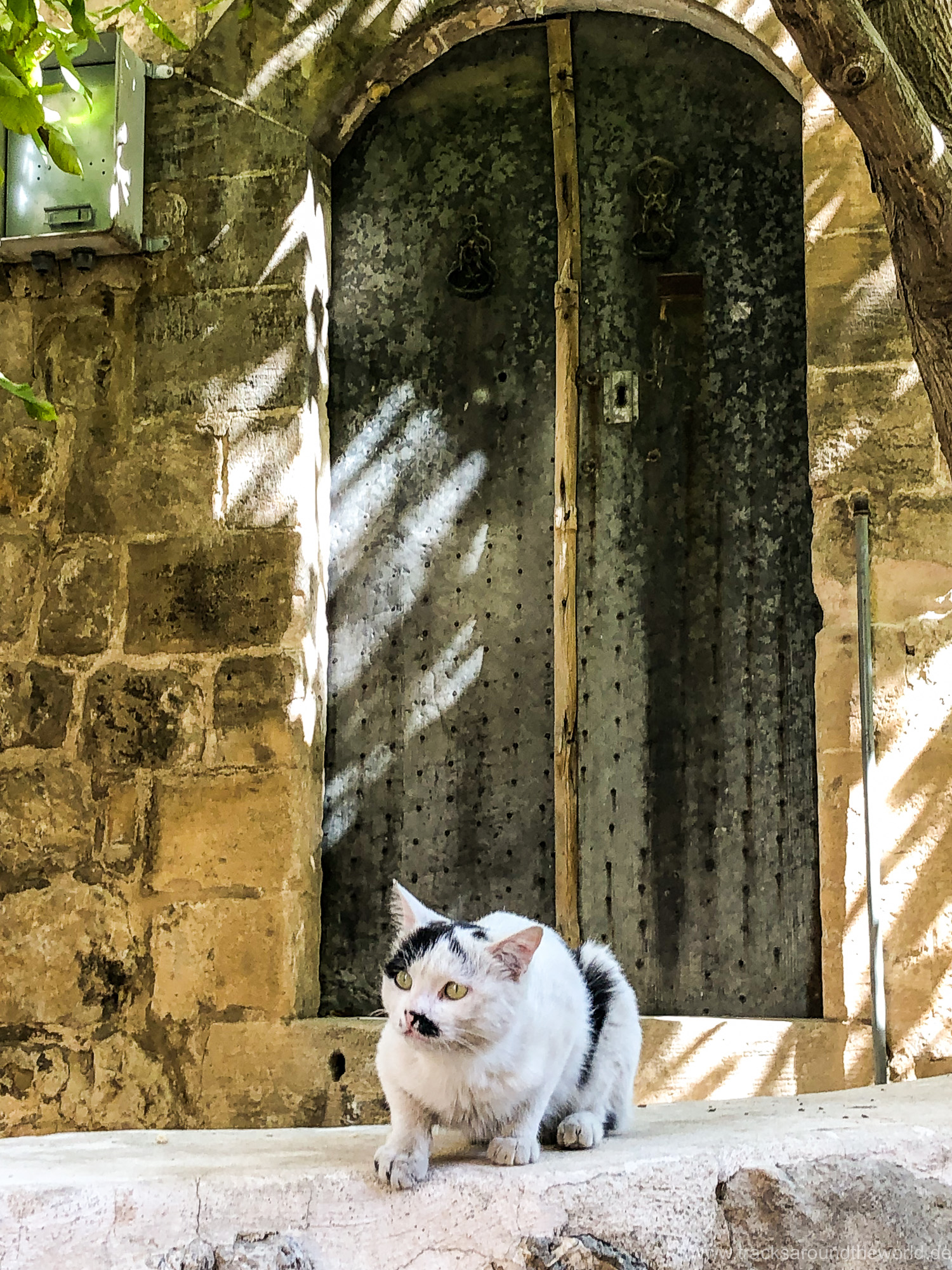



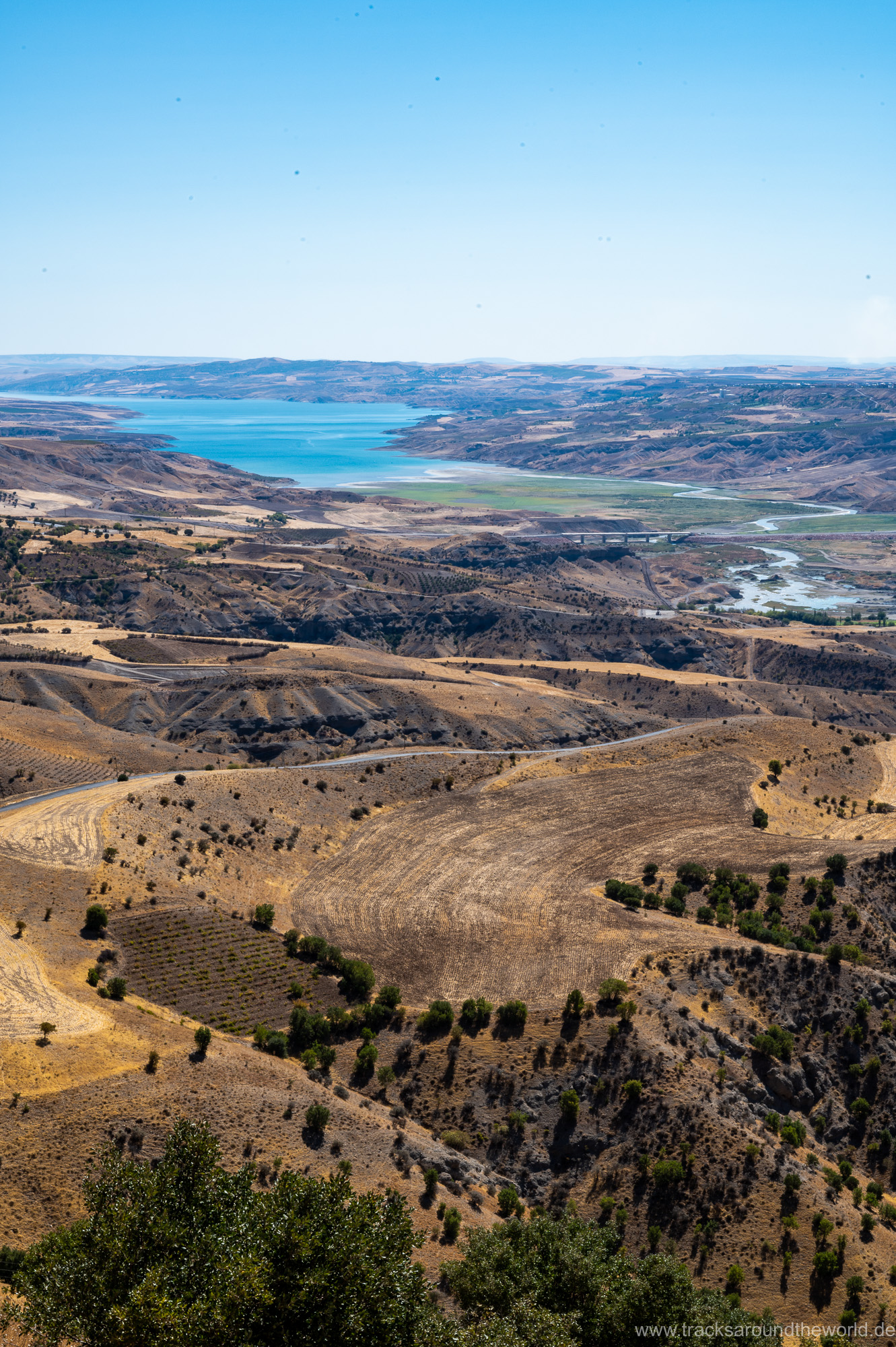





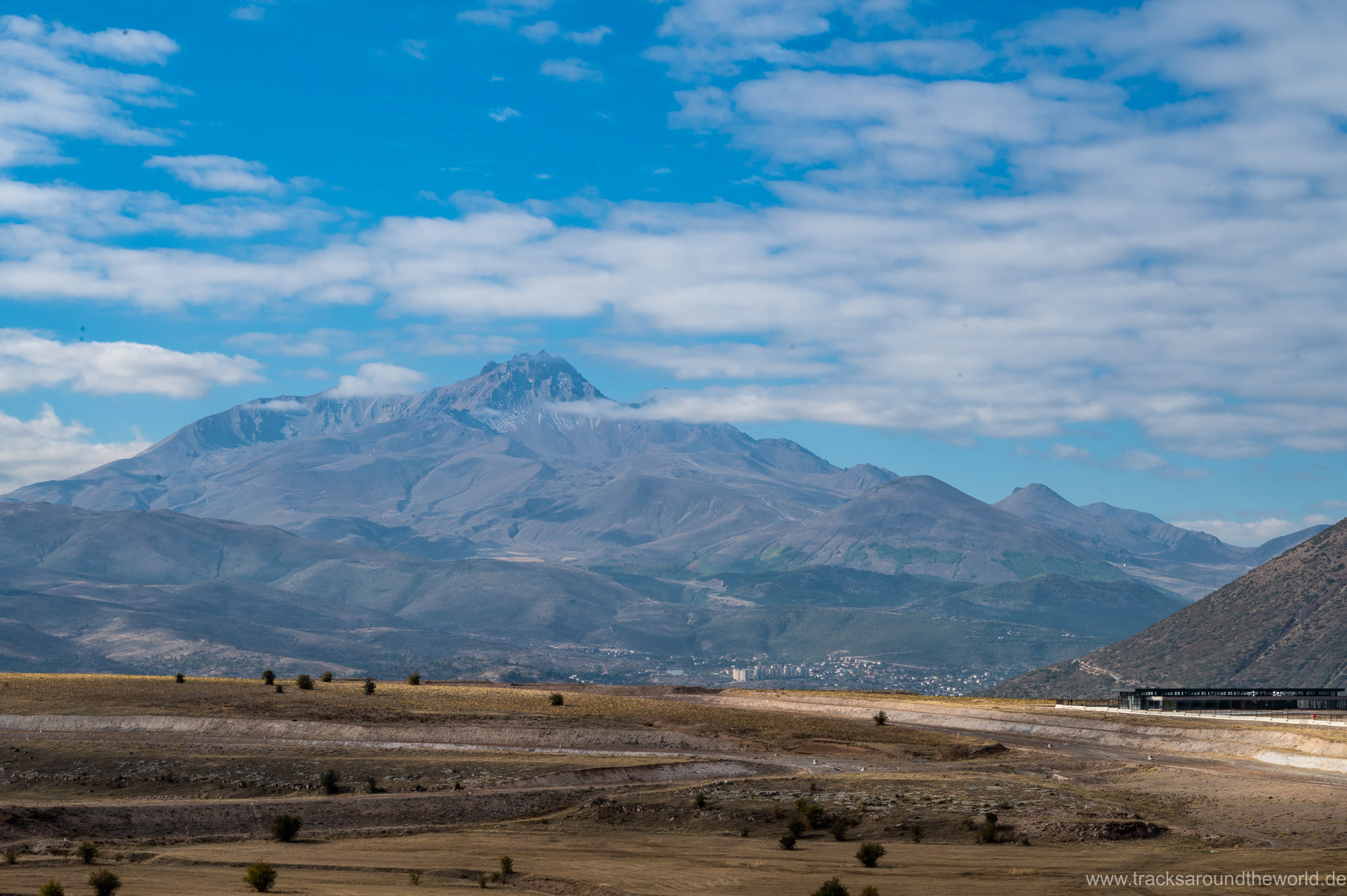





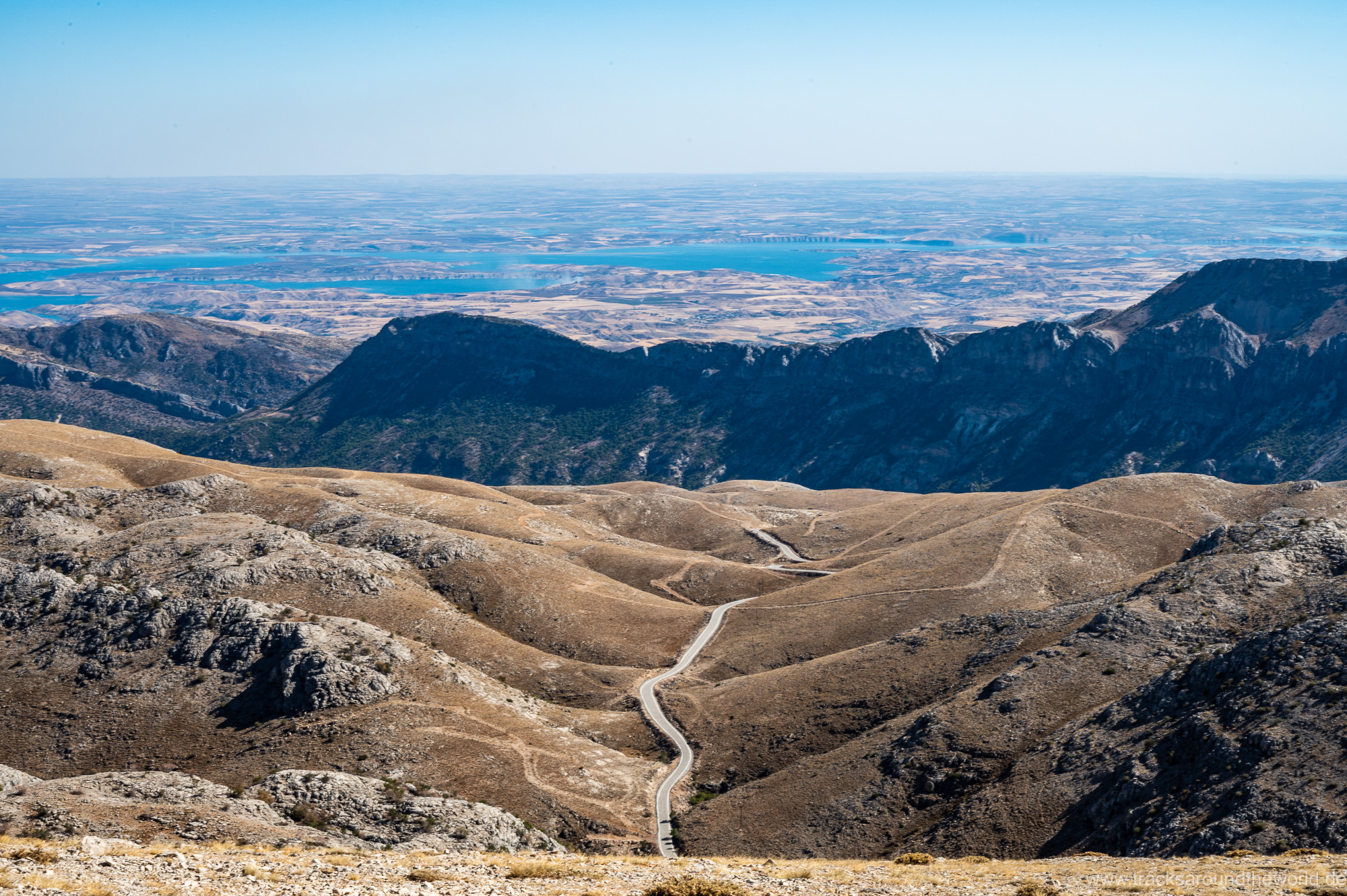
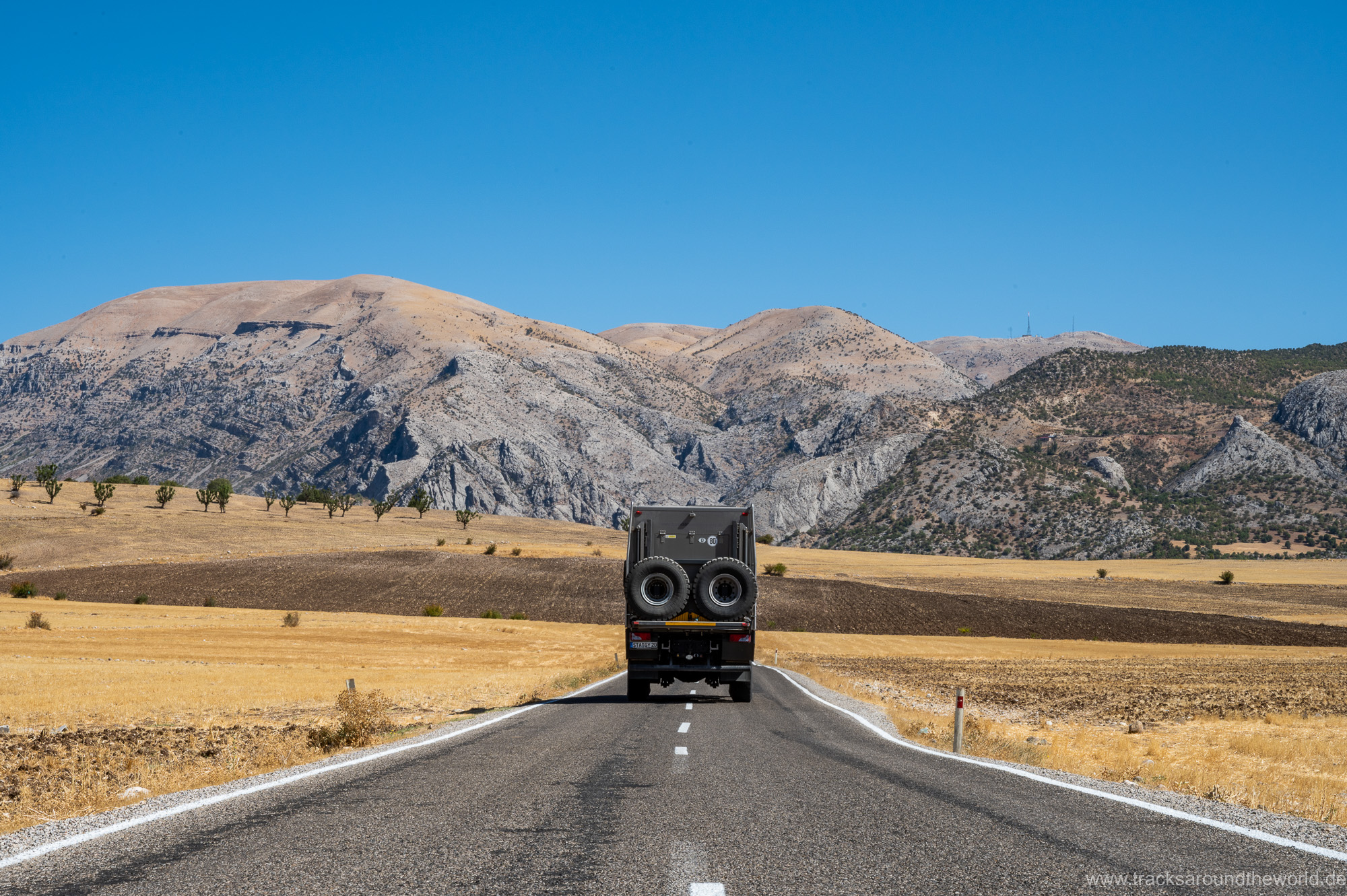





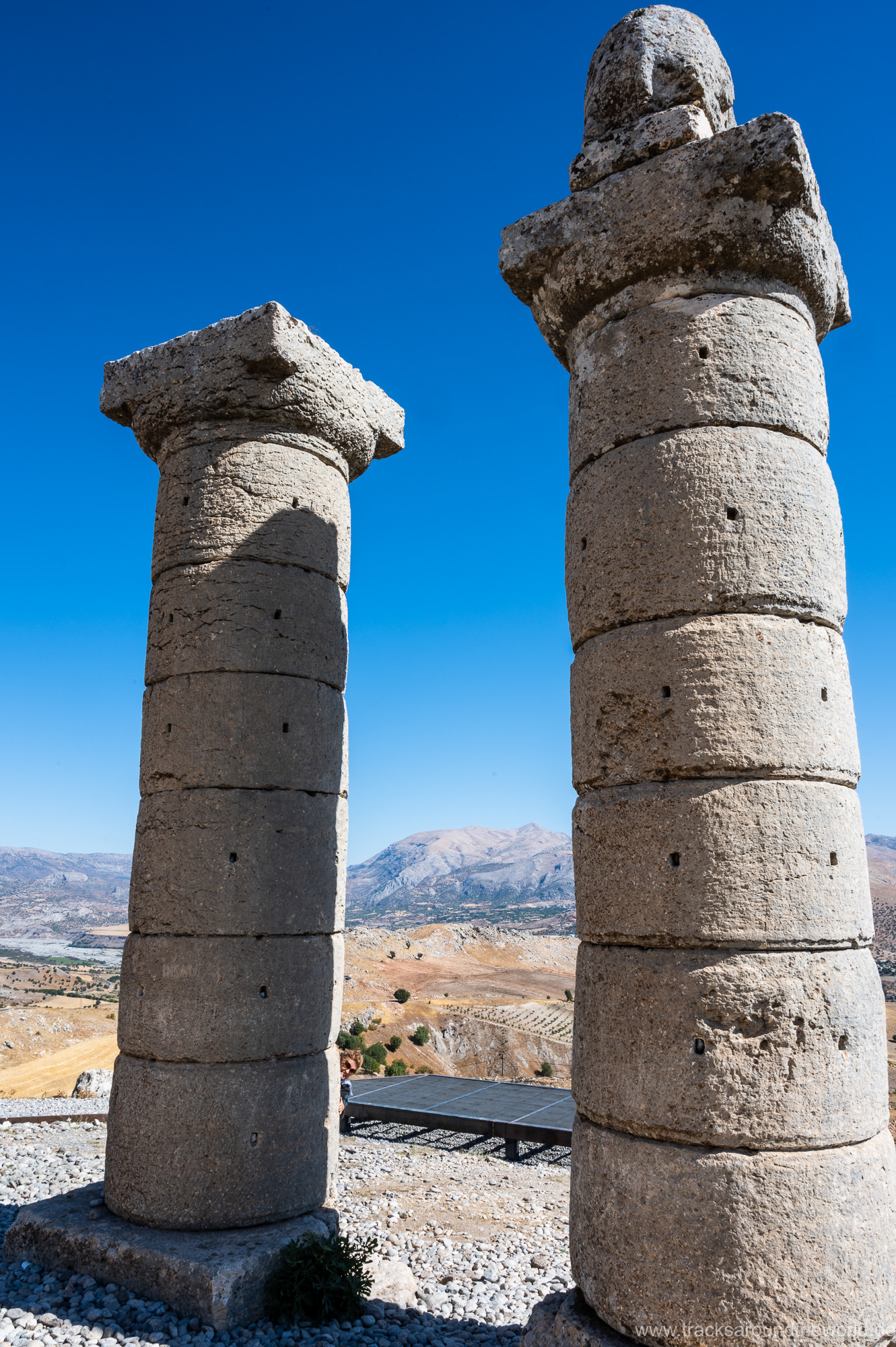
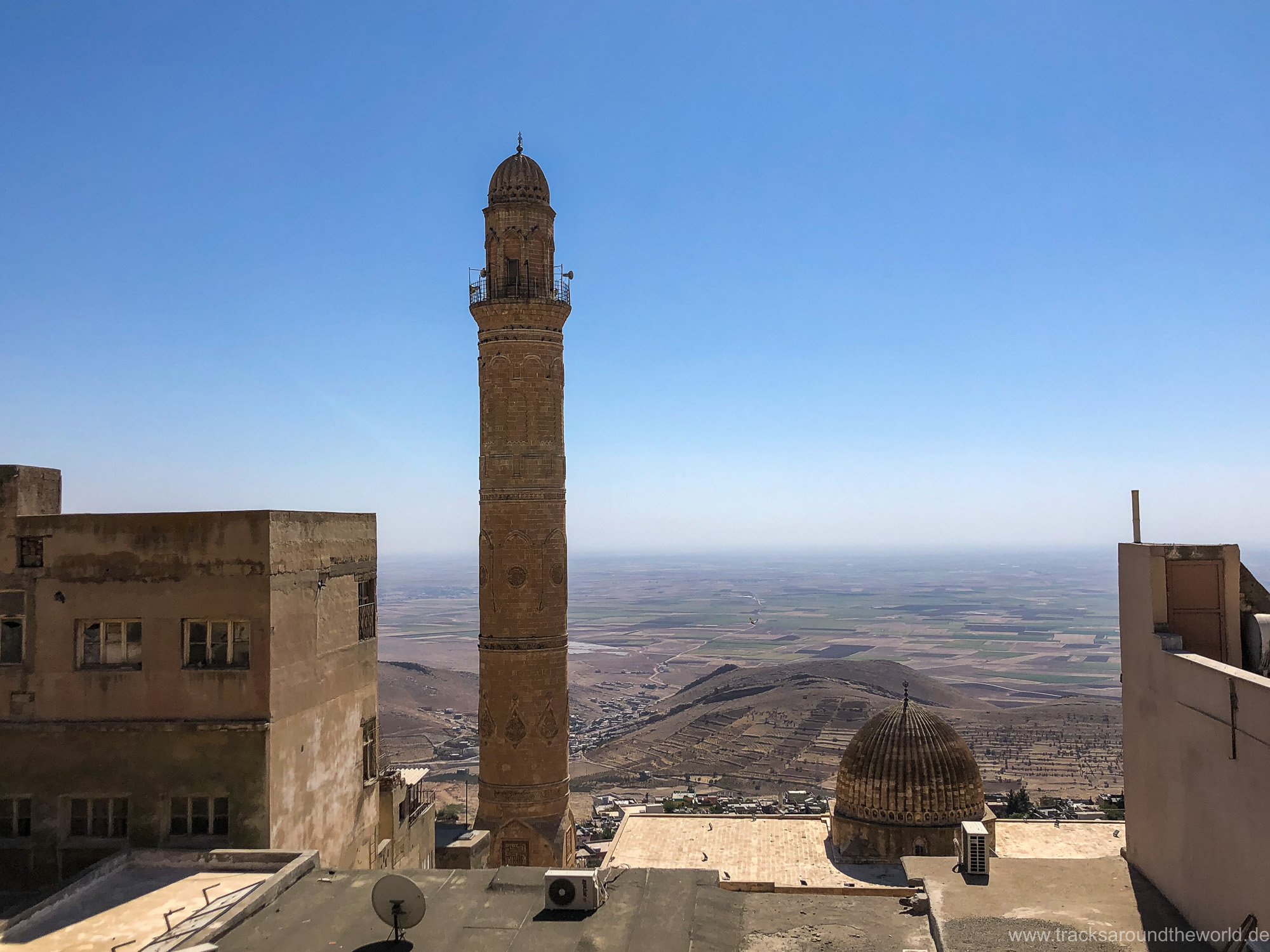














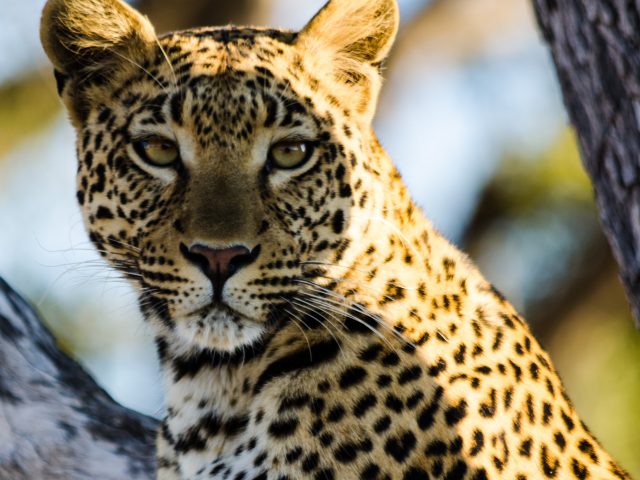
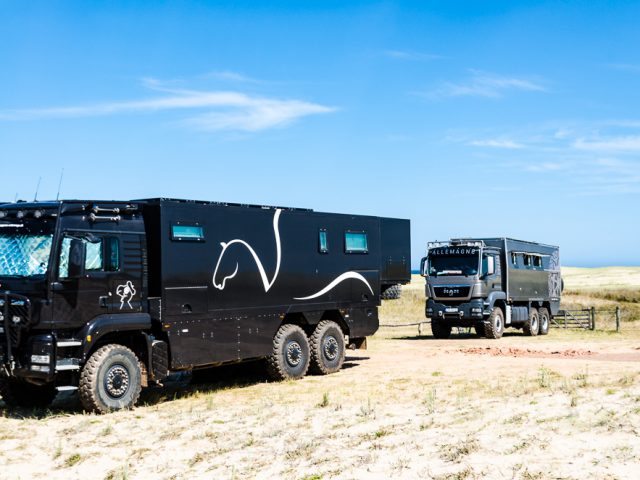
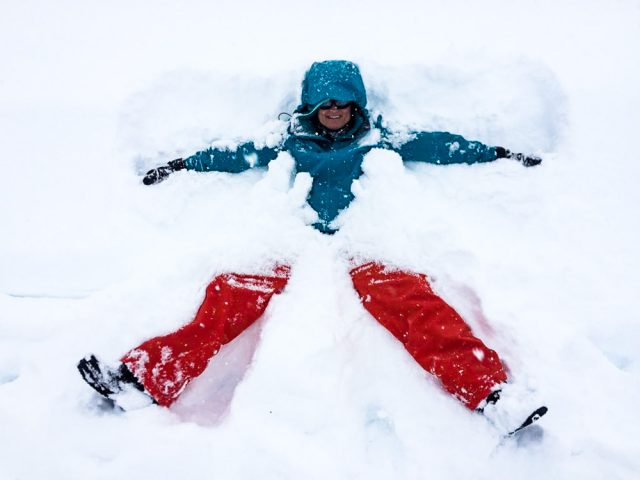
A really awsome landscape !! All those hot air balloons never seen anything like it 😍
Have the headscarf ready for Iran …. It is totally worth it 😅🙏🏼
🙏👍
Thnxs, nice blog and pictures ! I am very curious what you think about Iran !! I think it will blow you away, we are still in love with it 😍 😁👋 enjoy !!
Yes indeed. Just after two days we are totally overwhelmed because of the people.